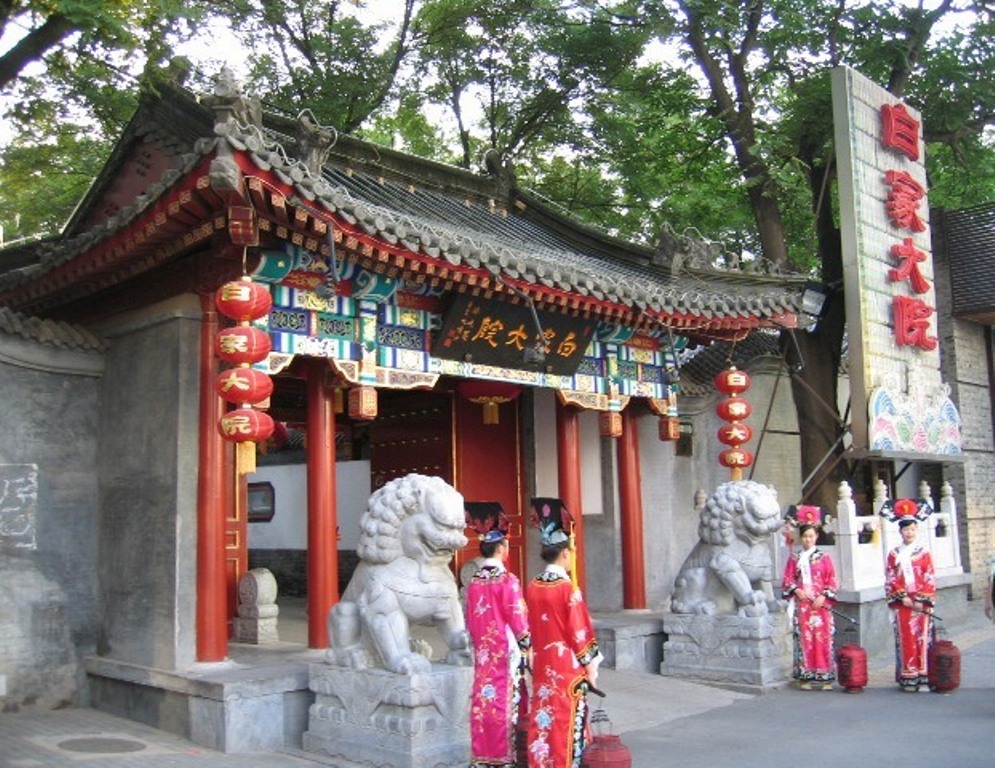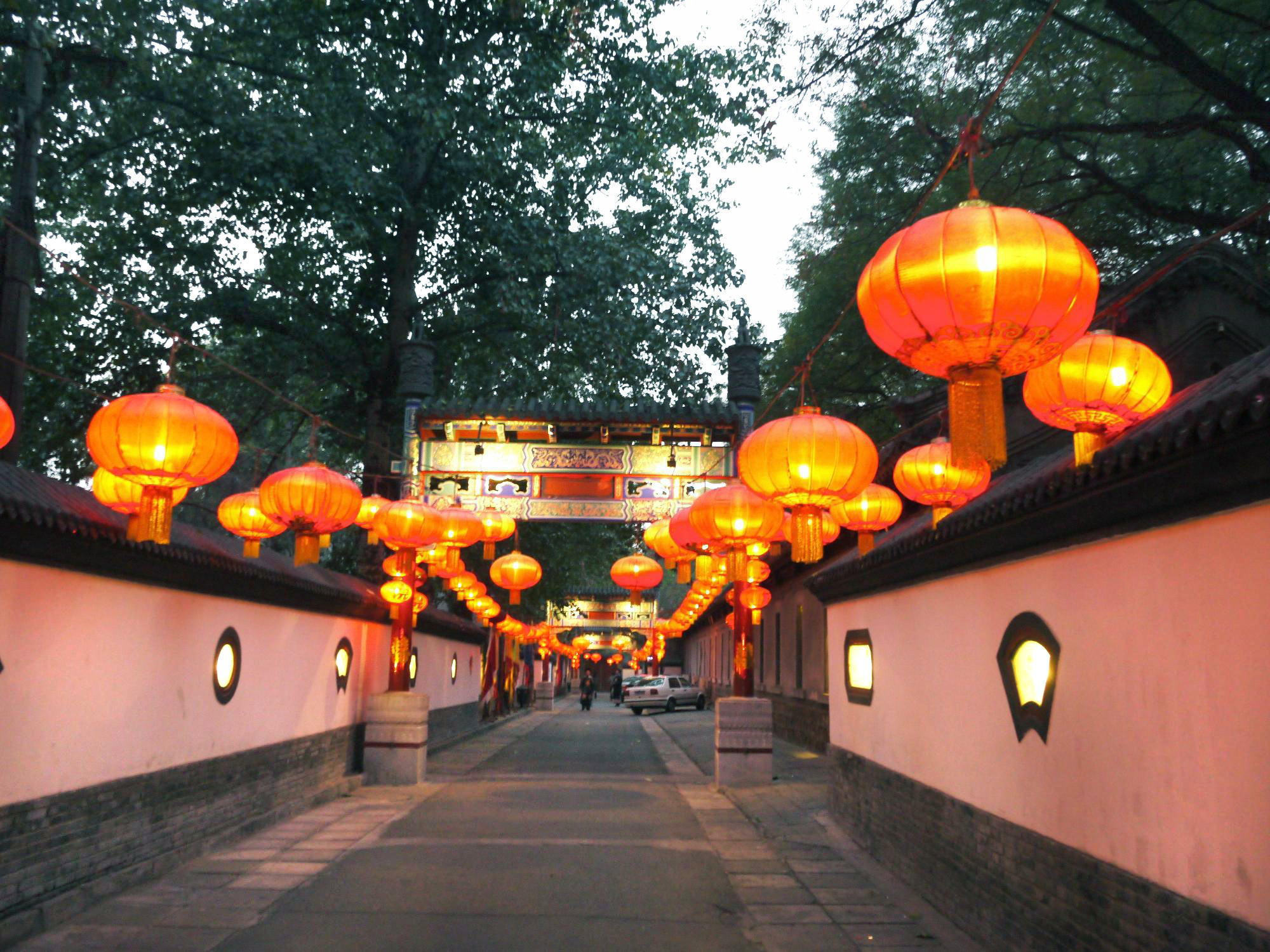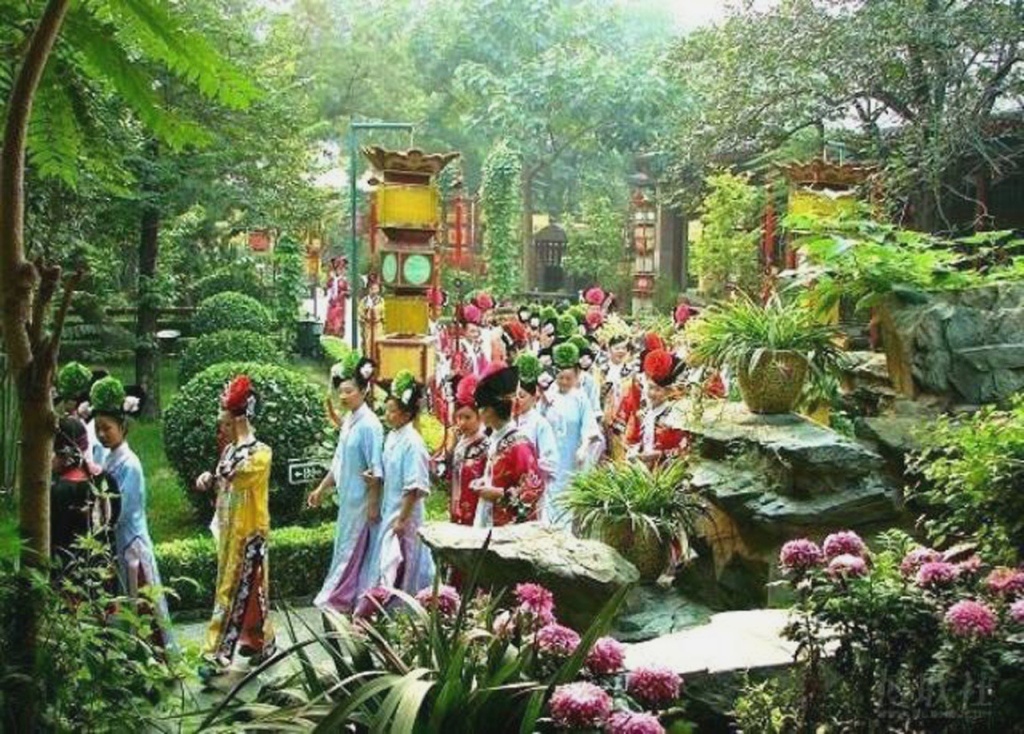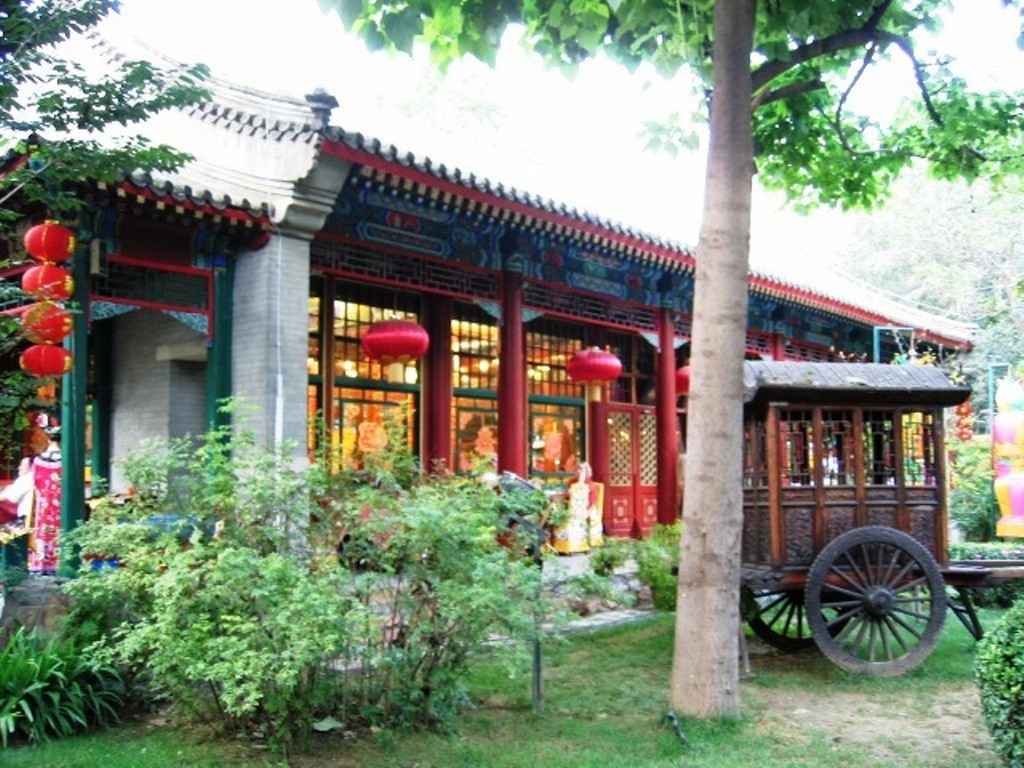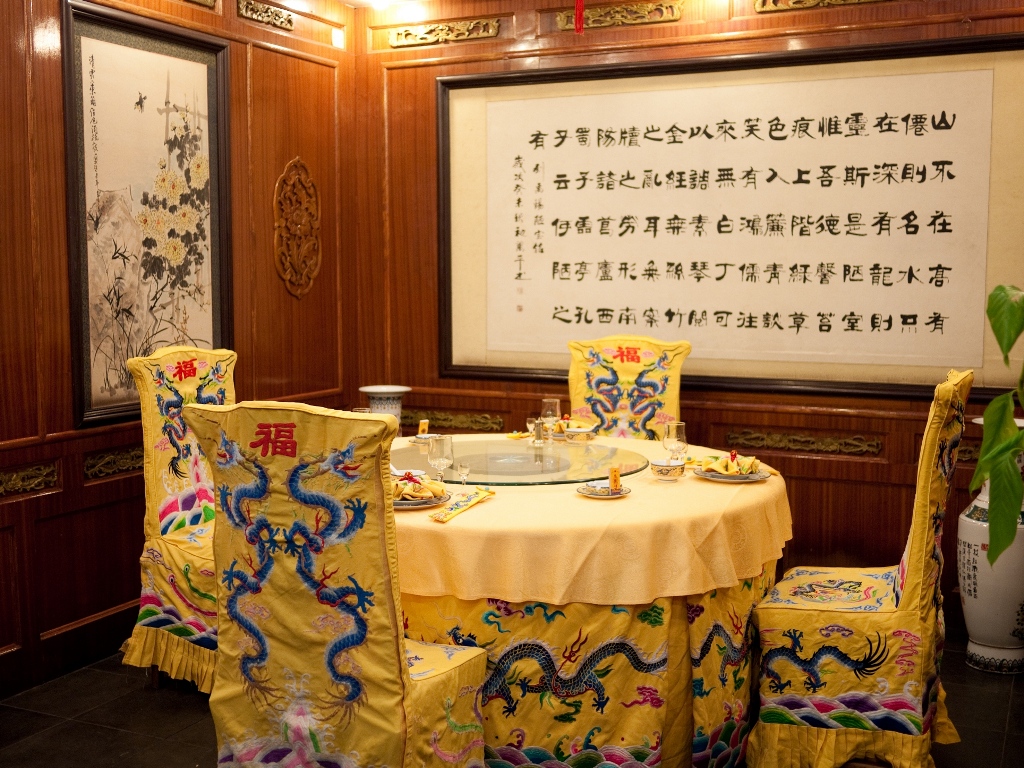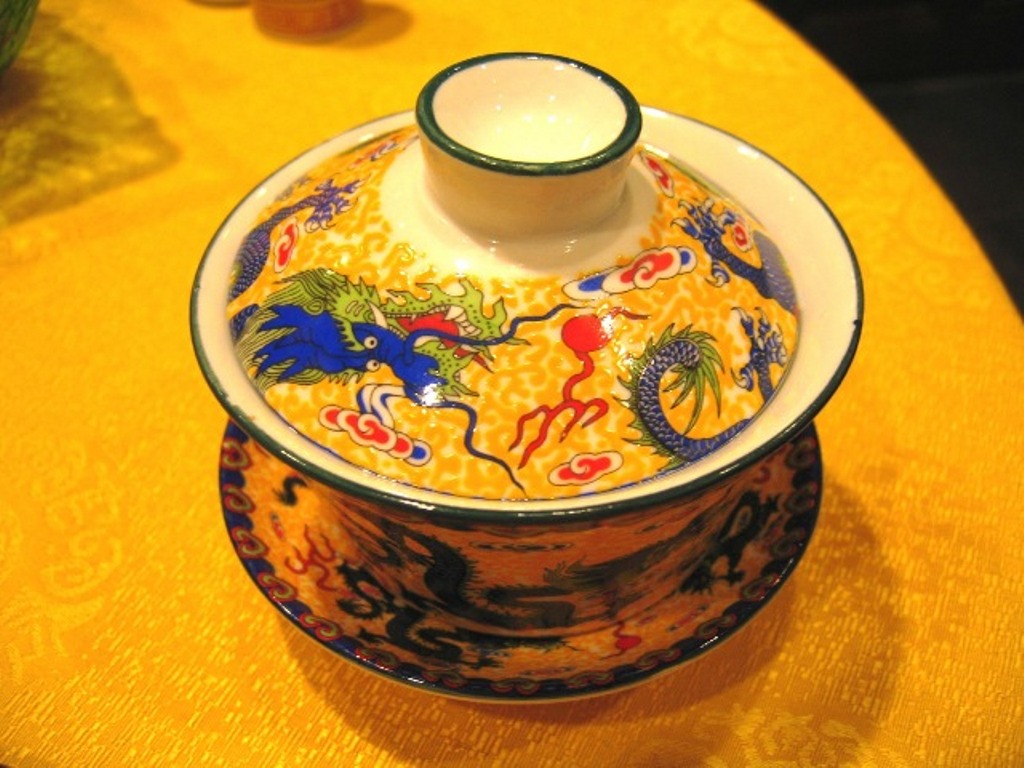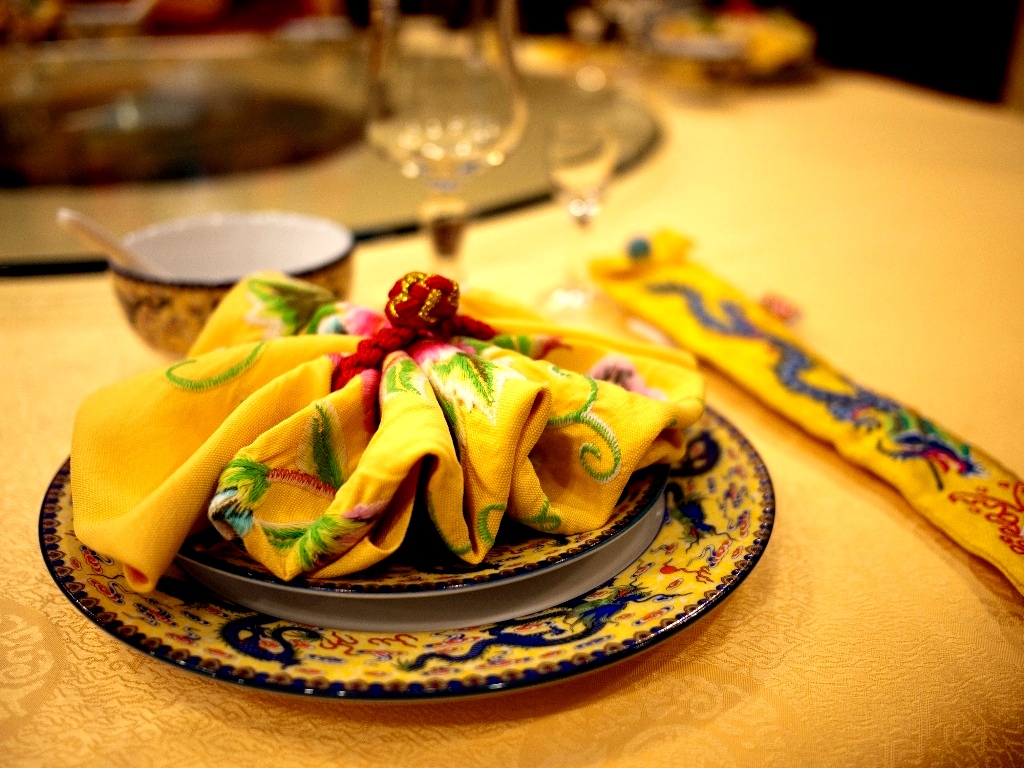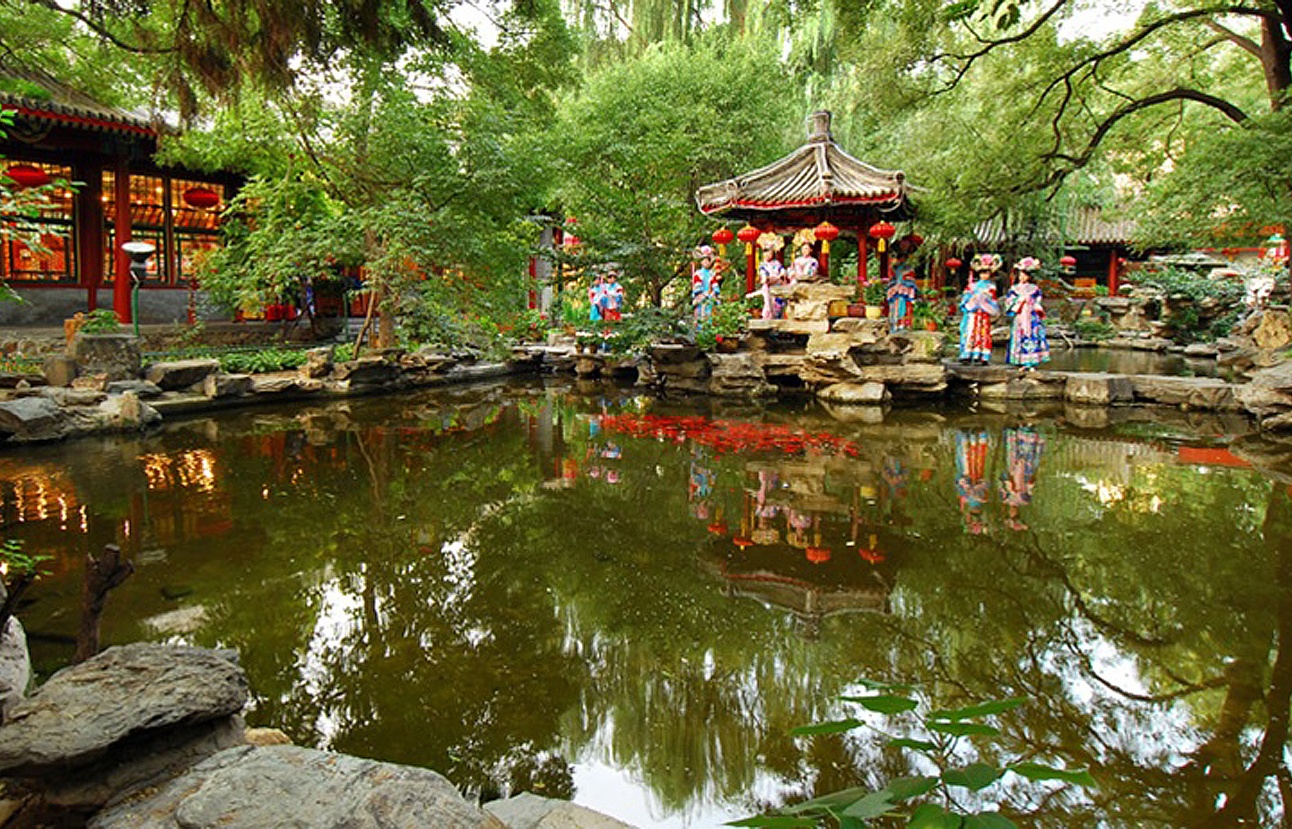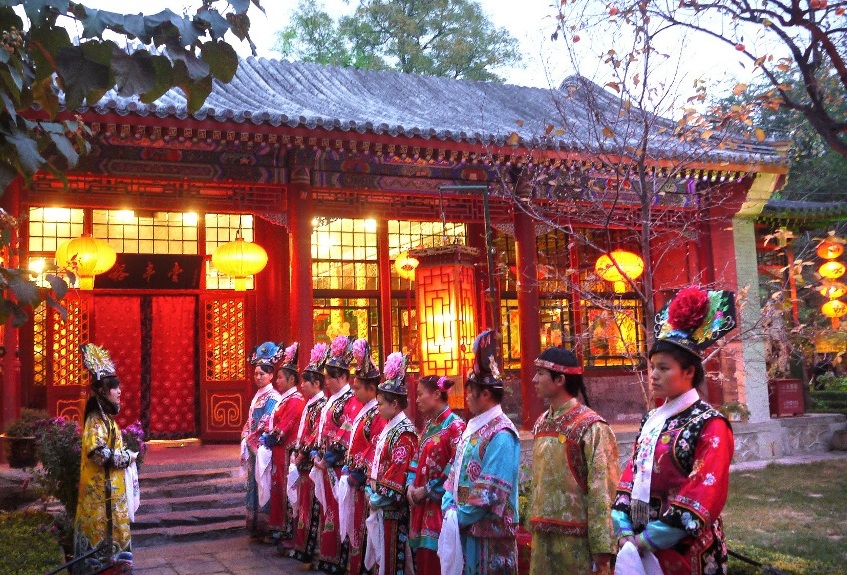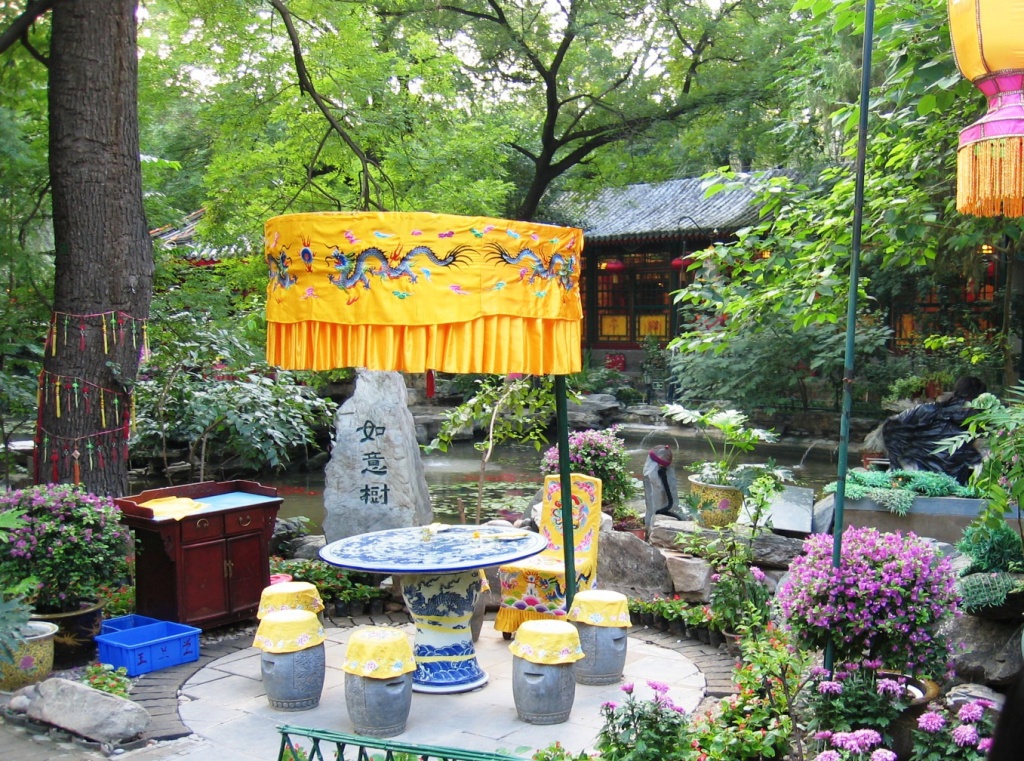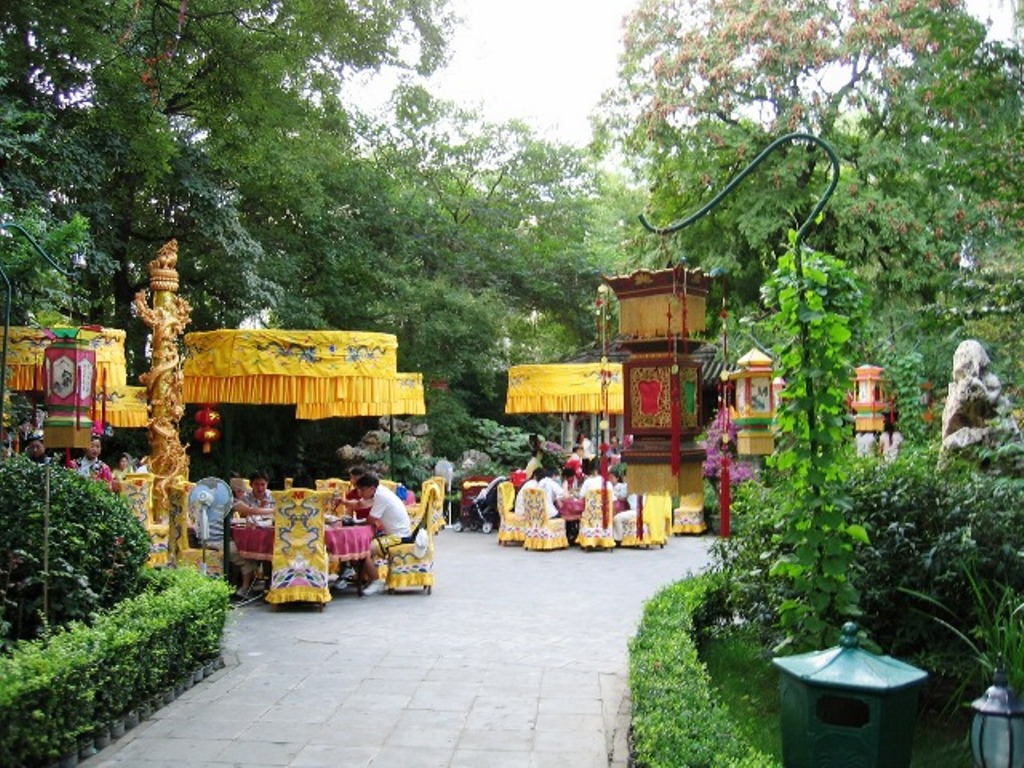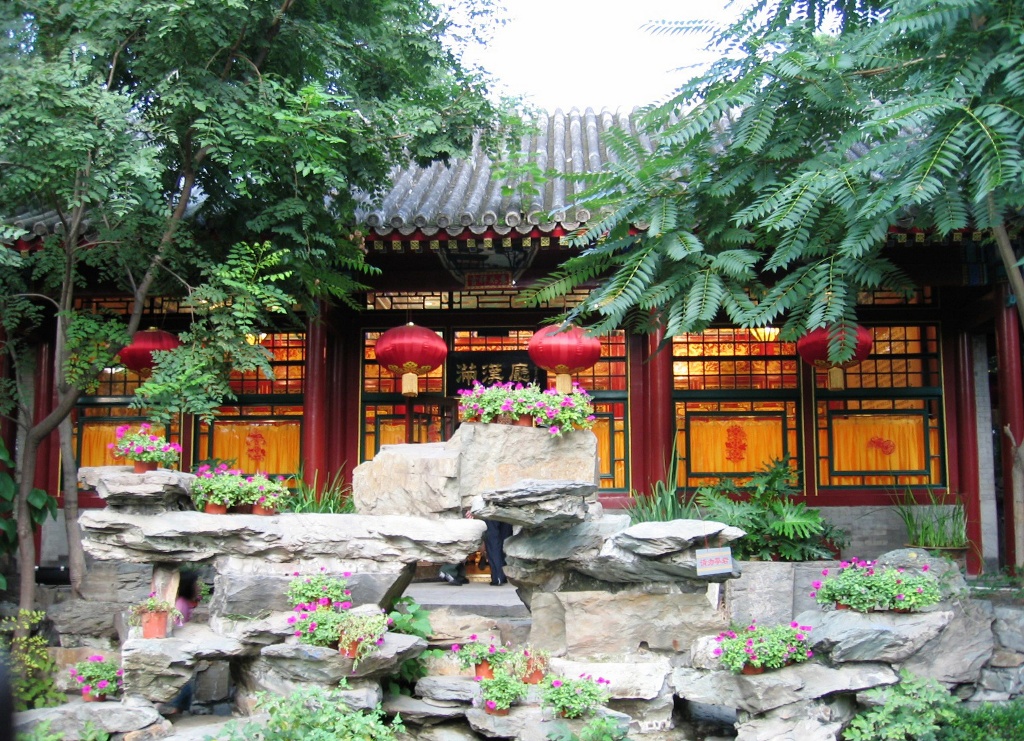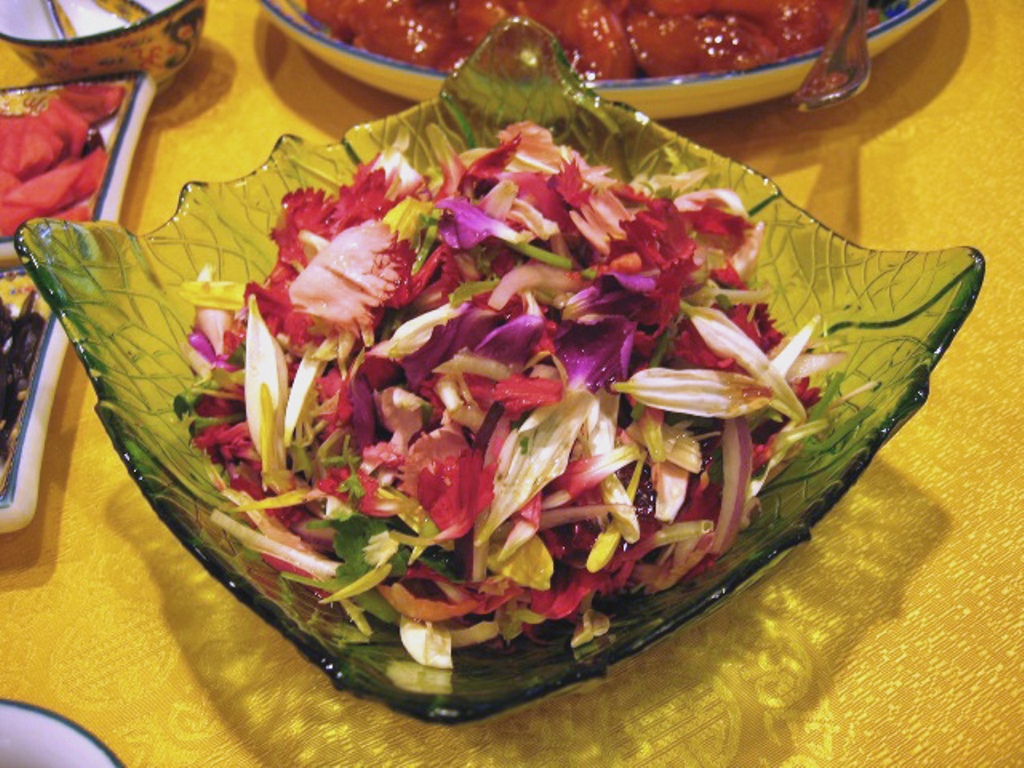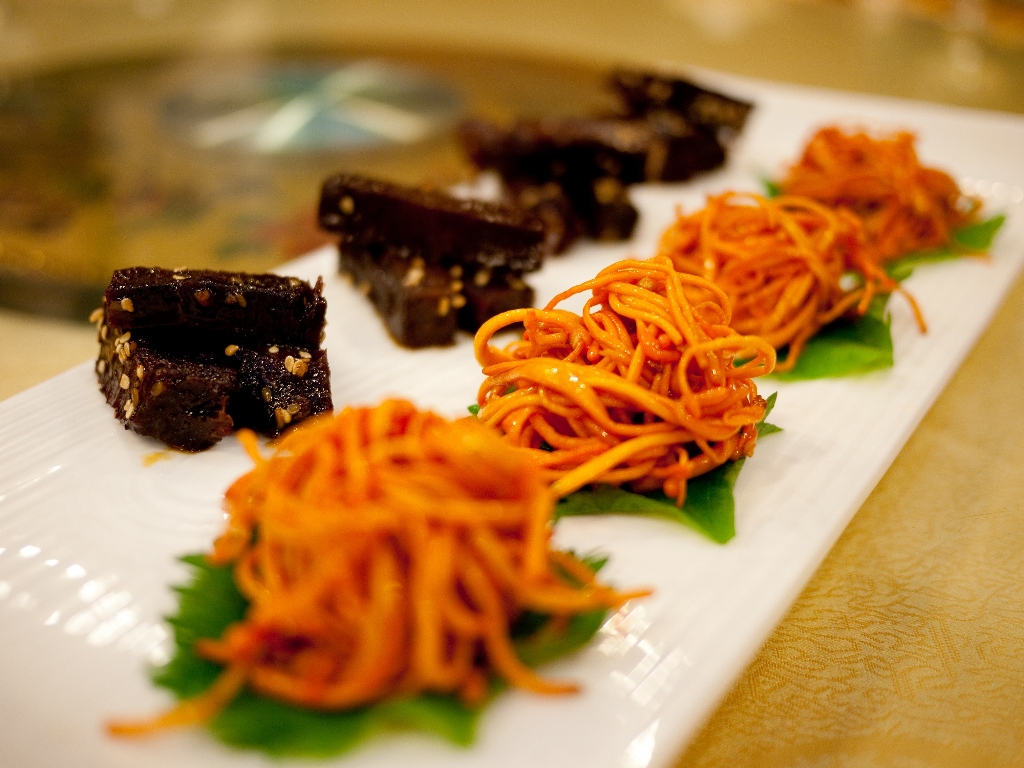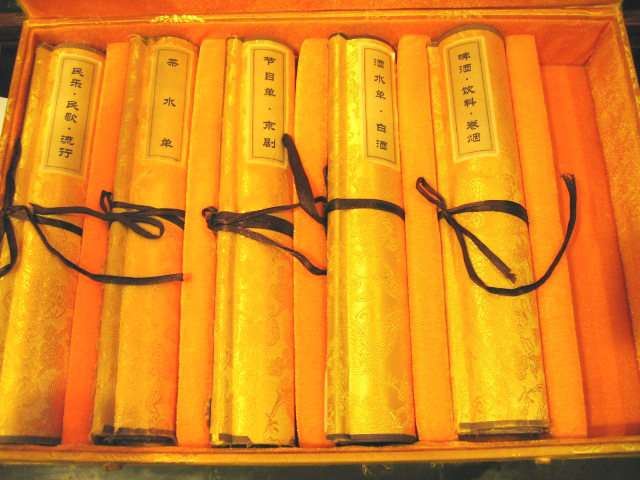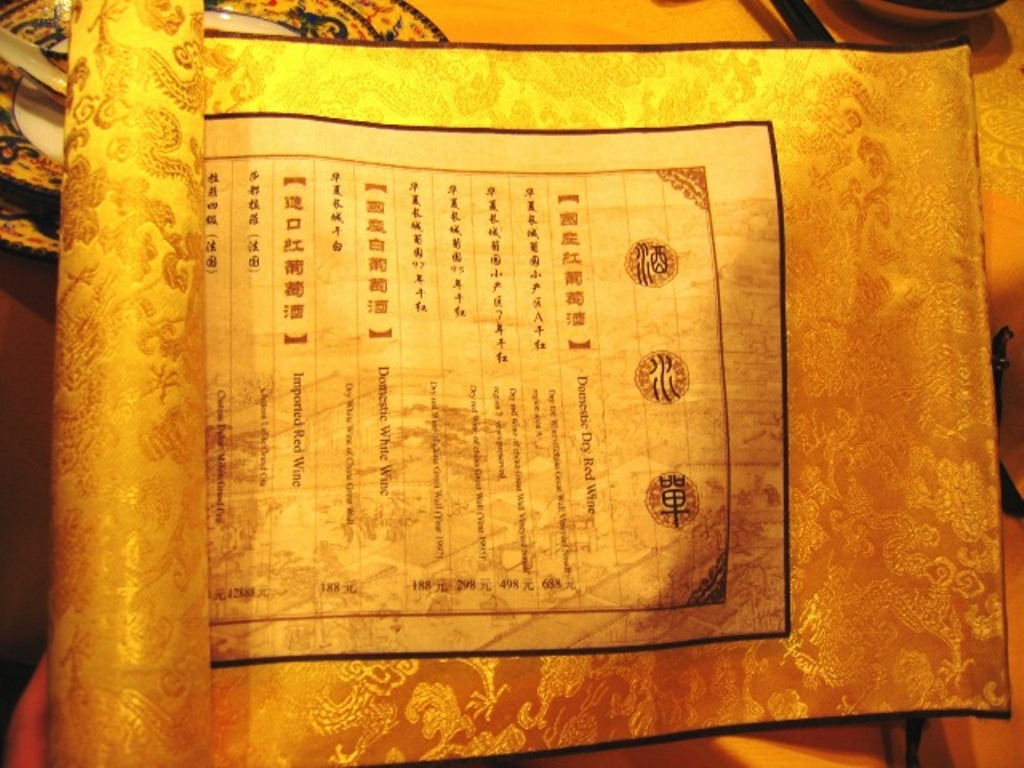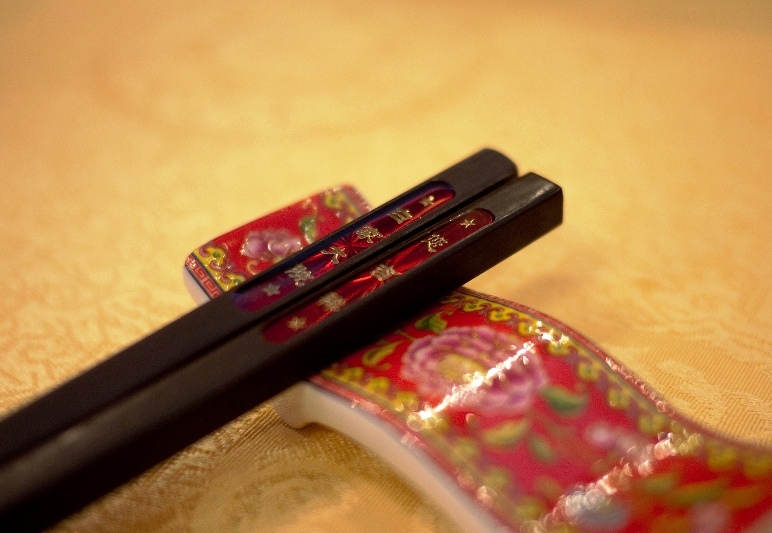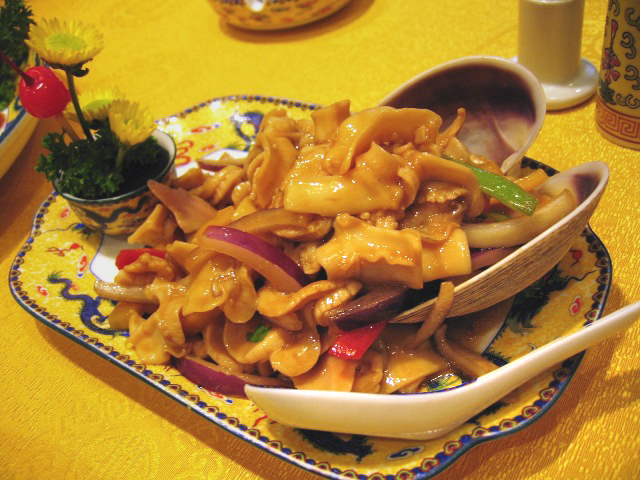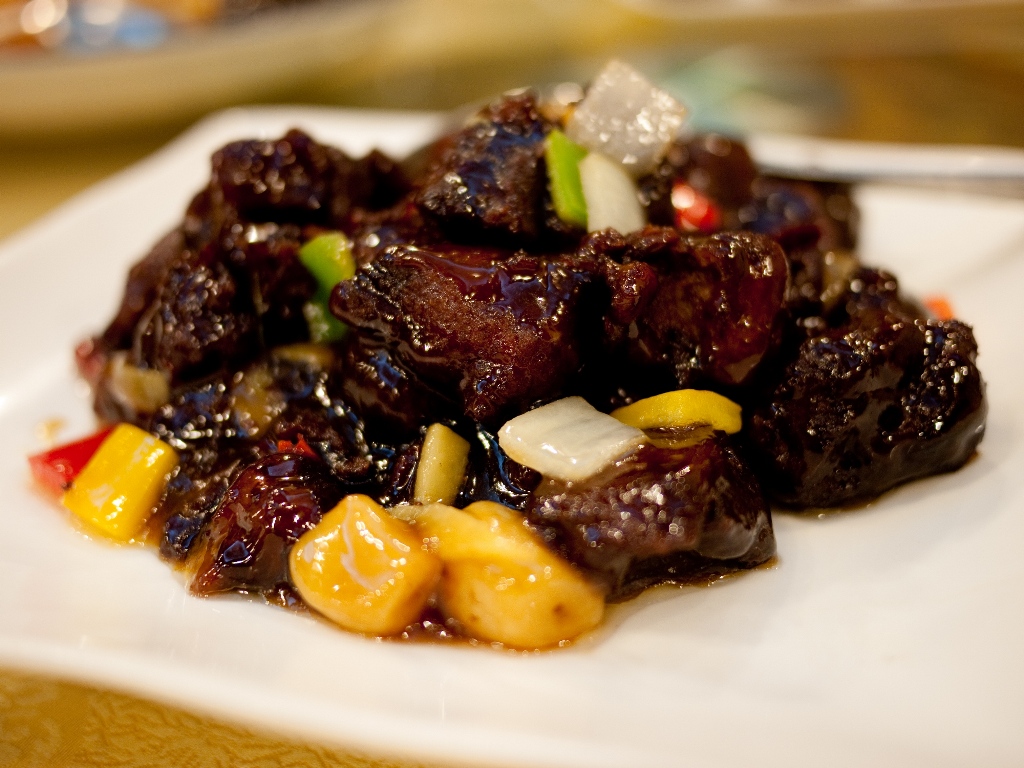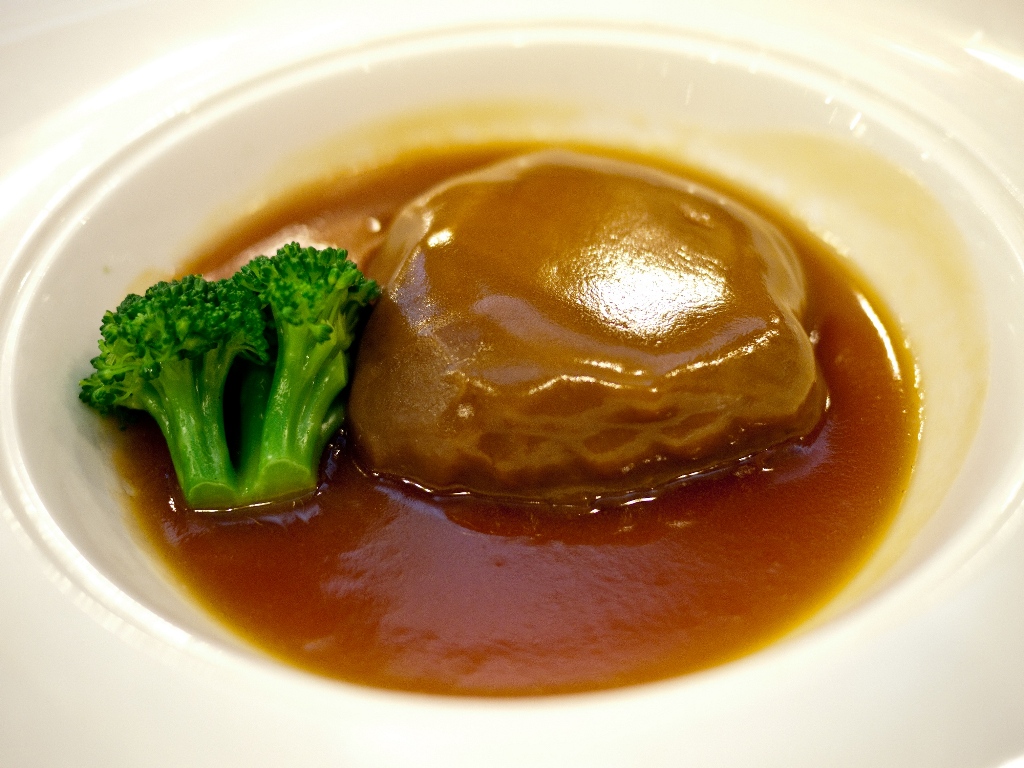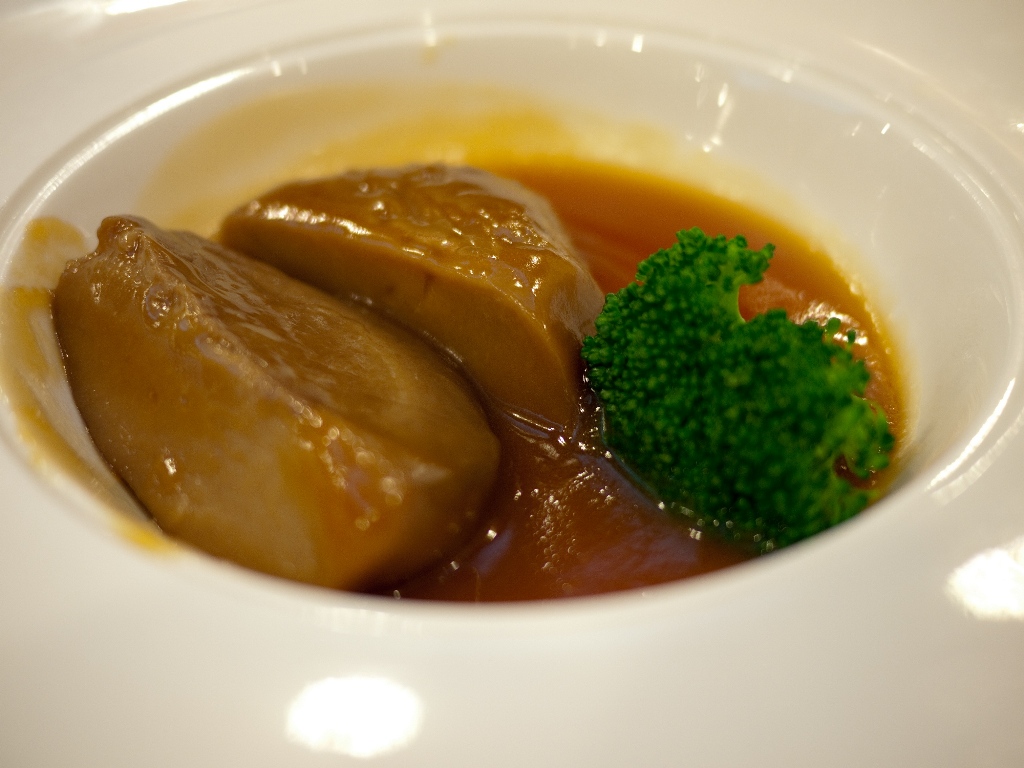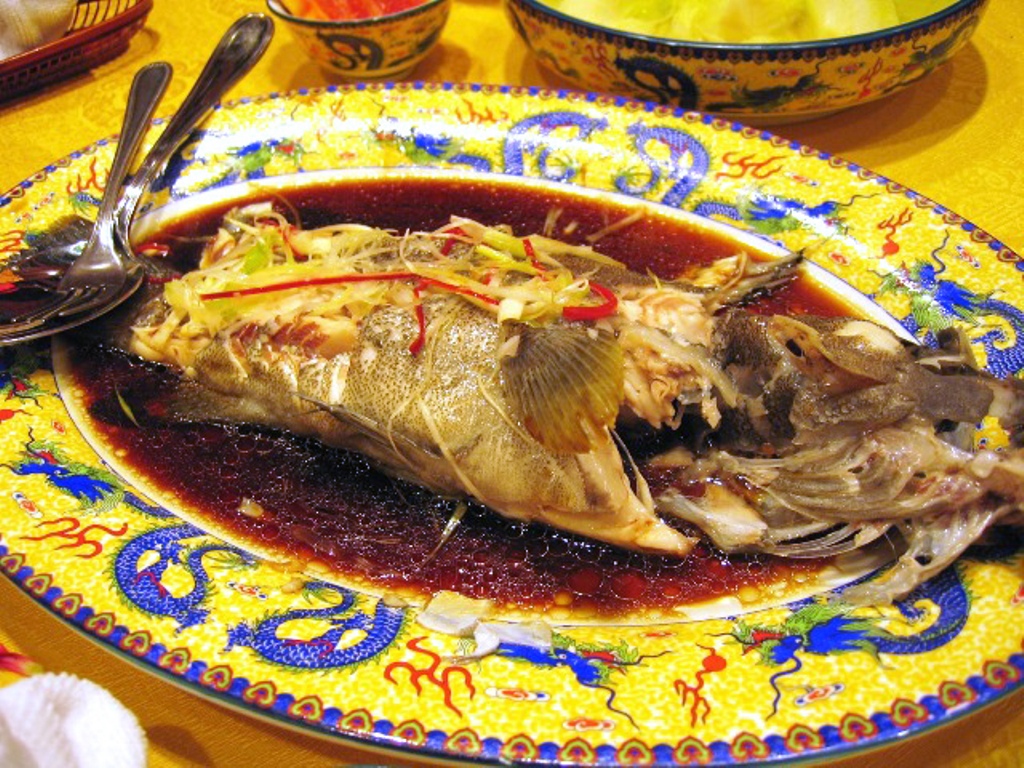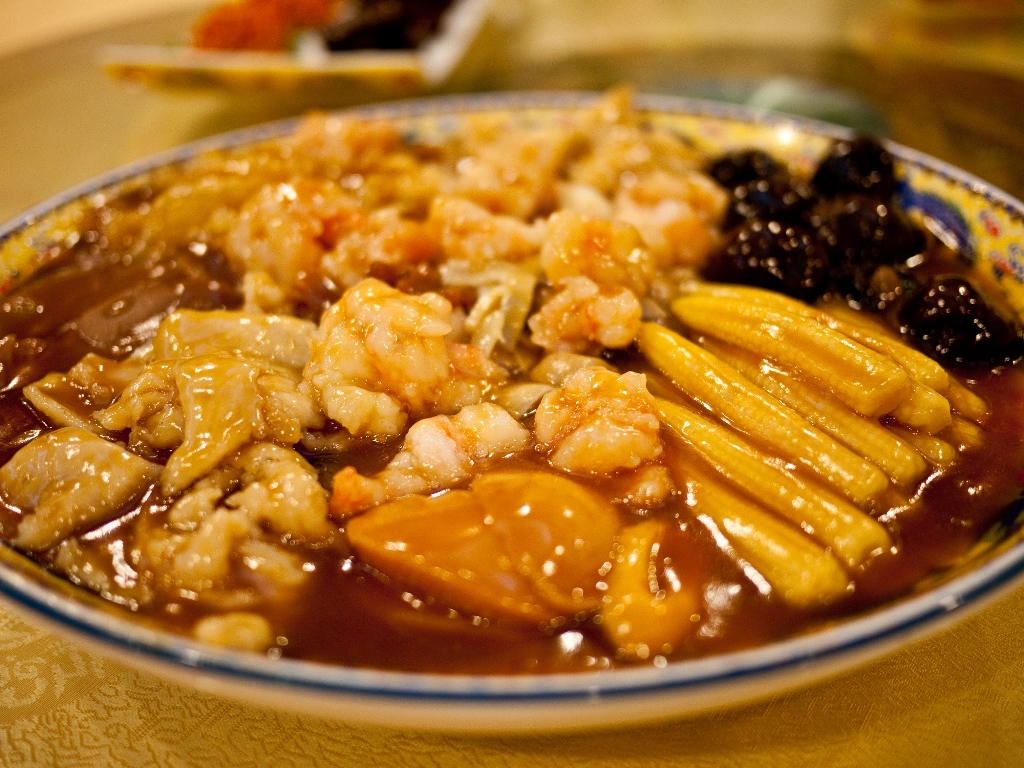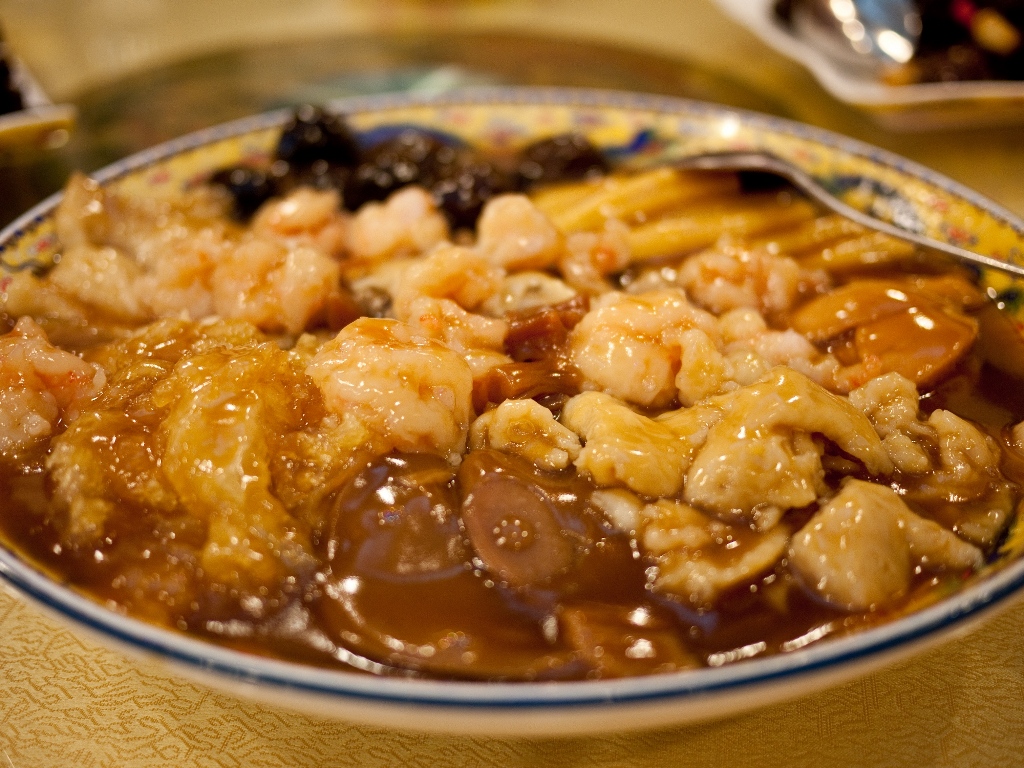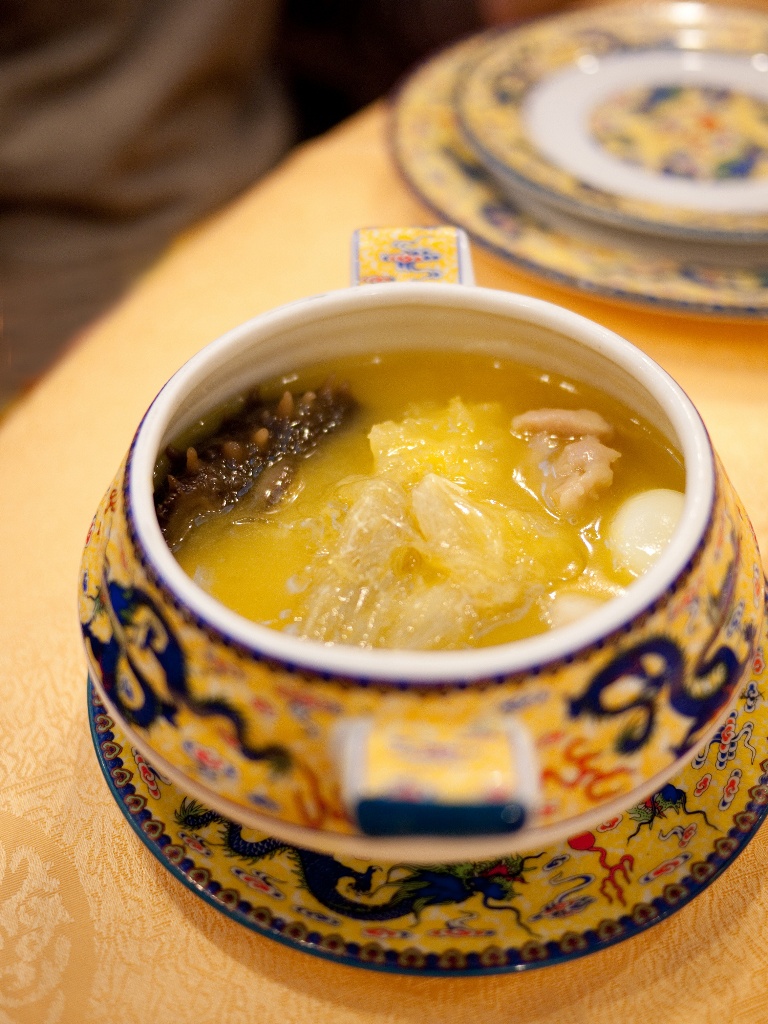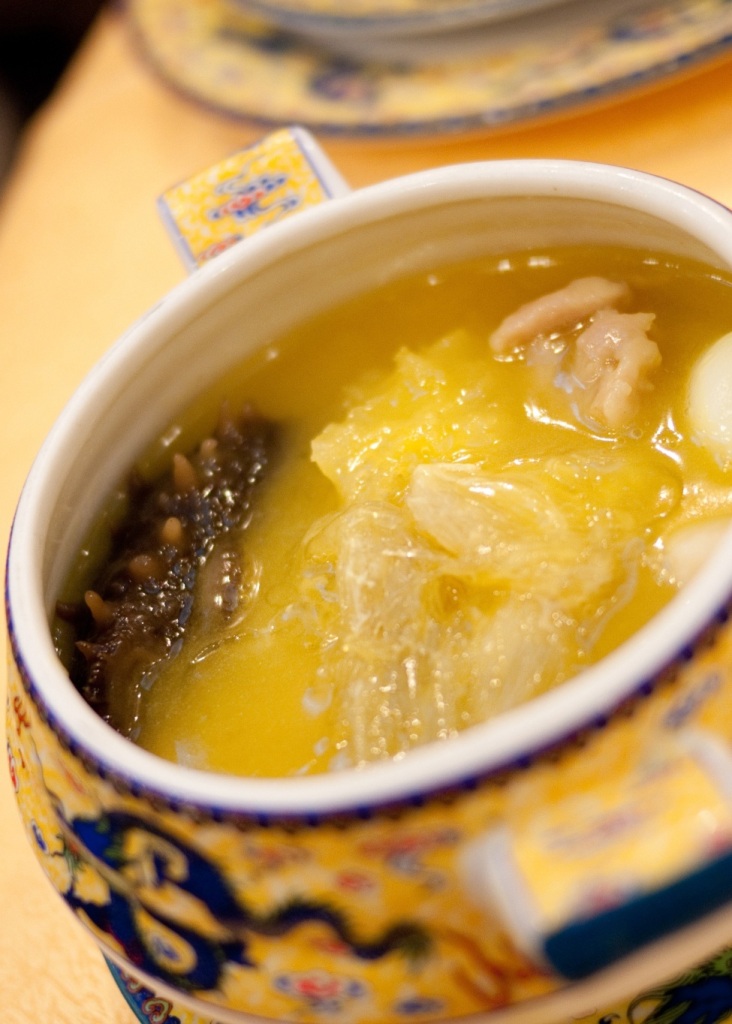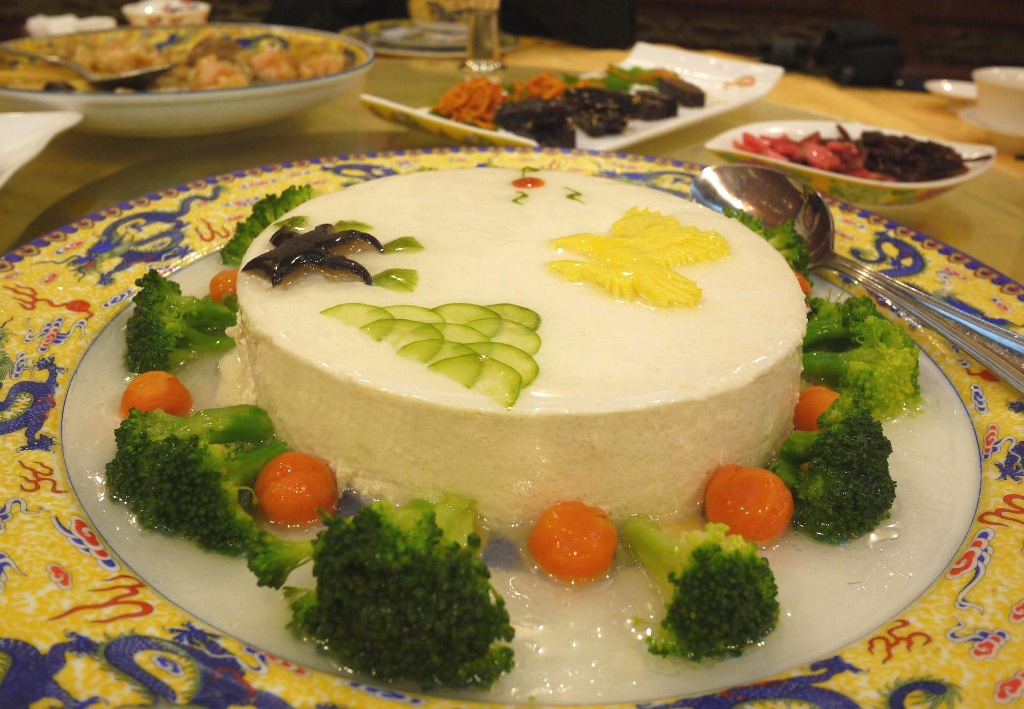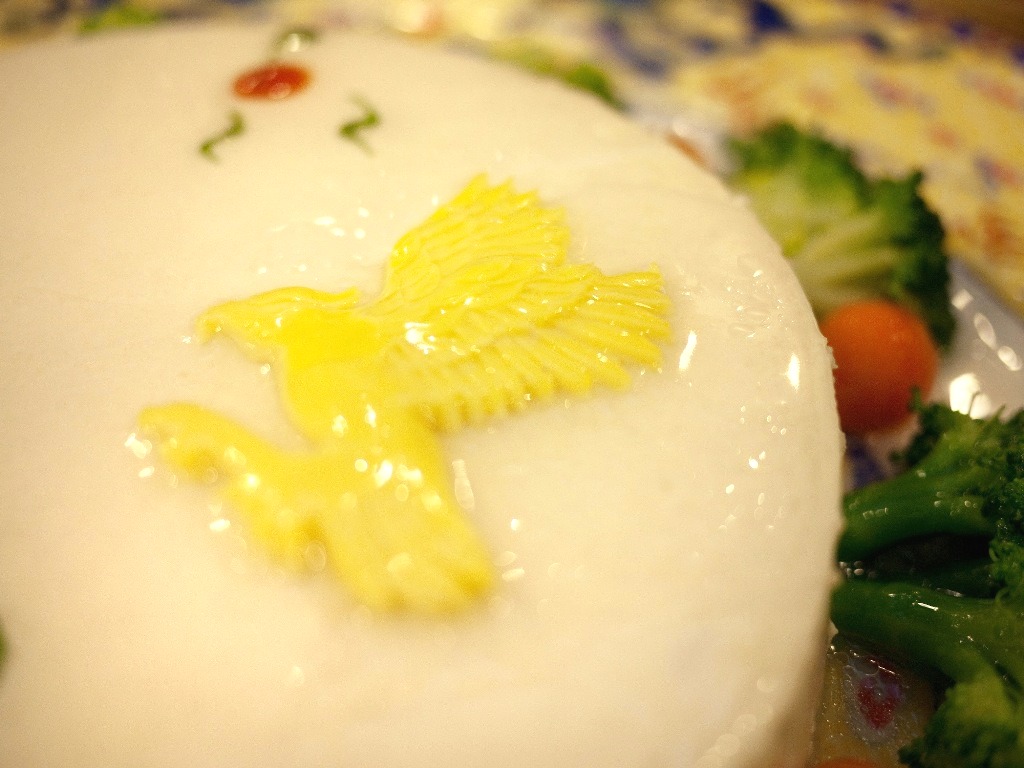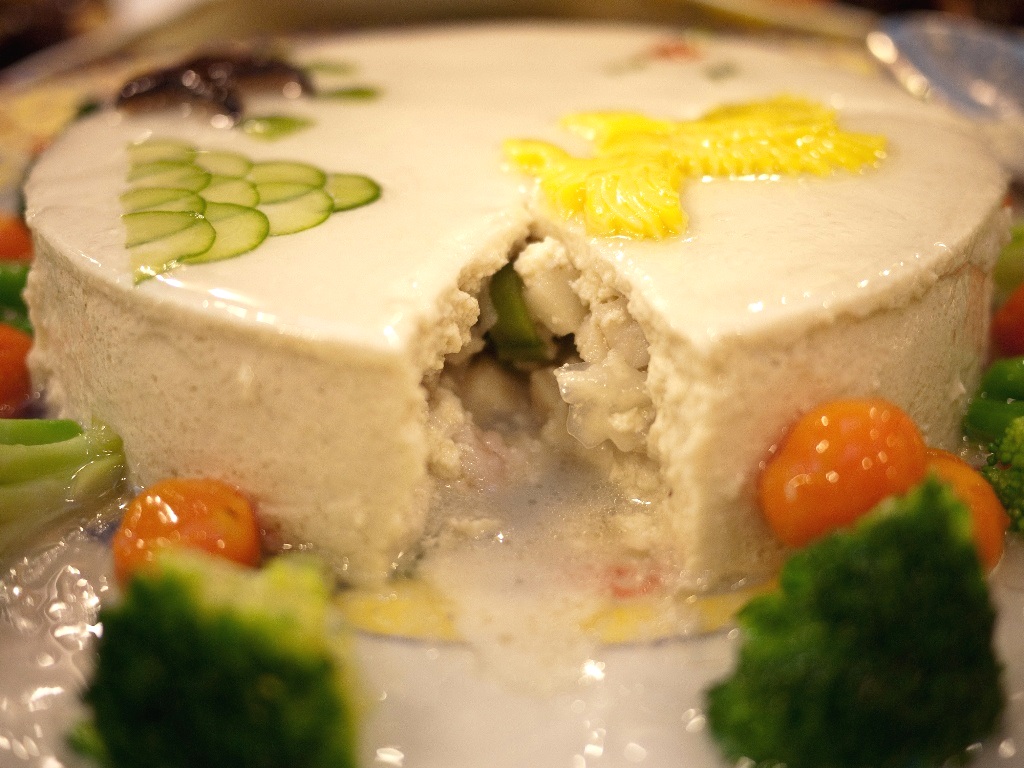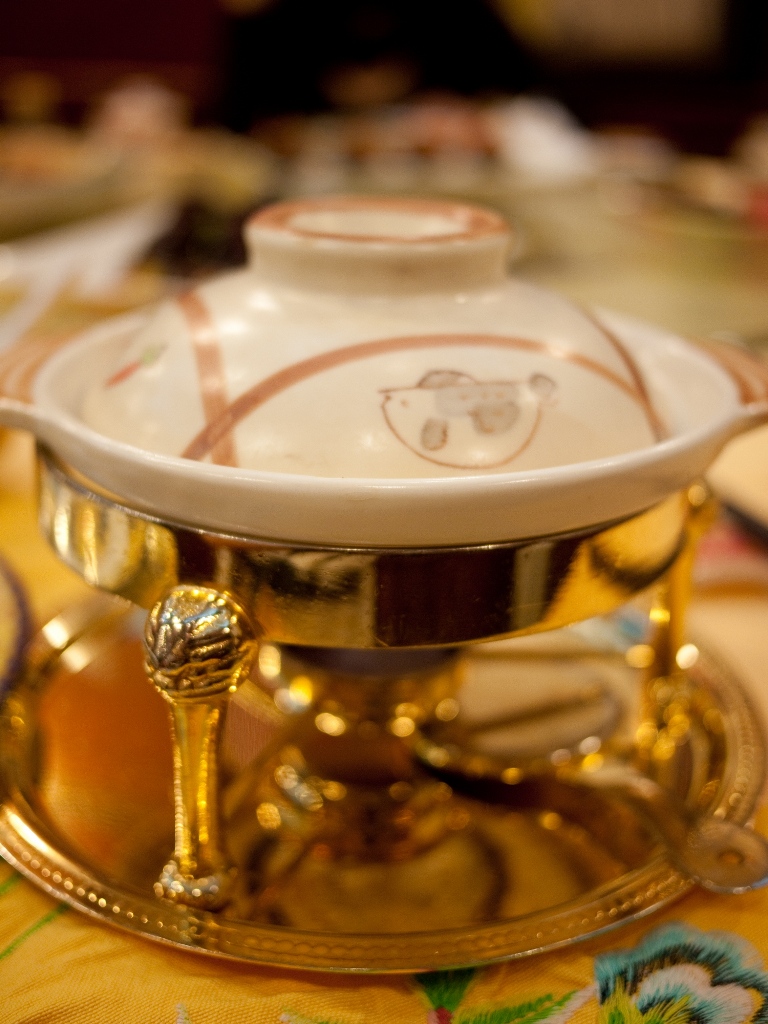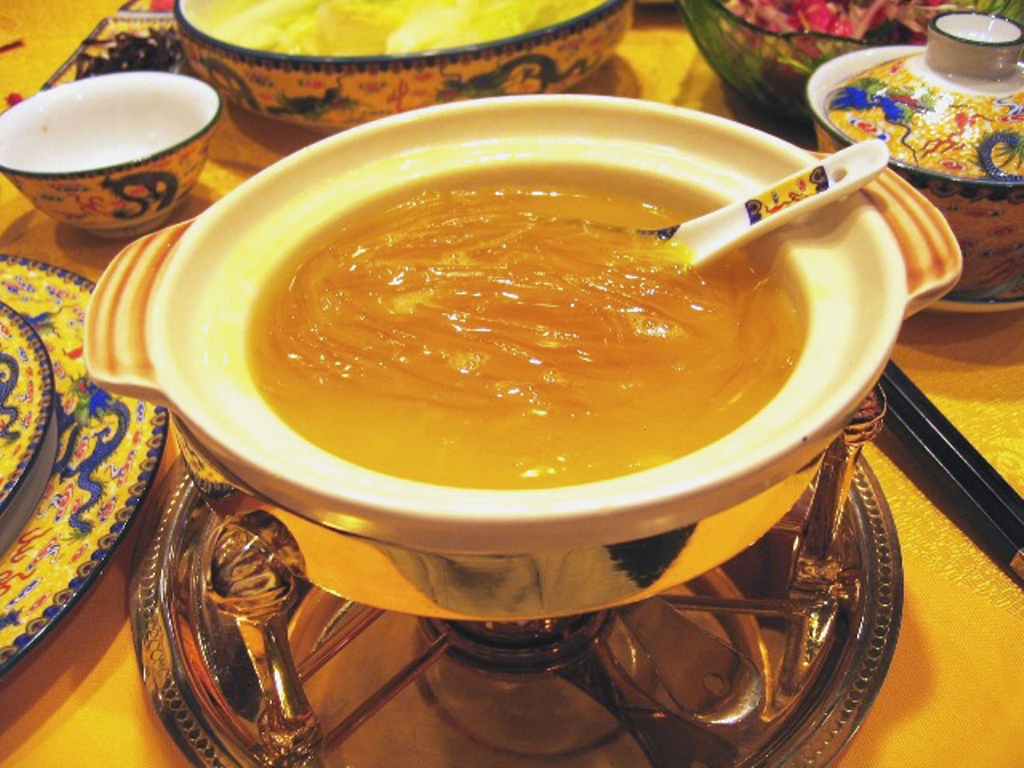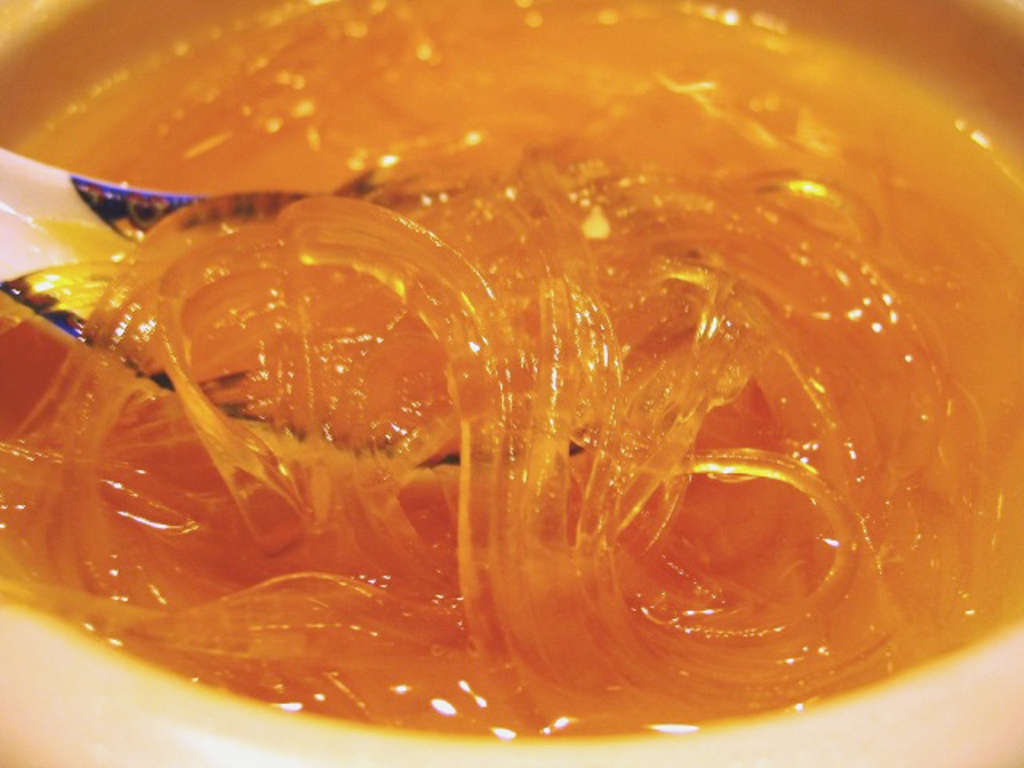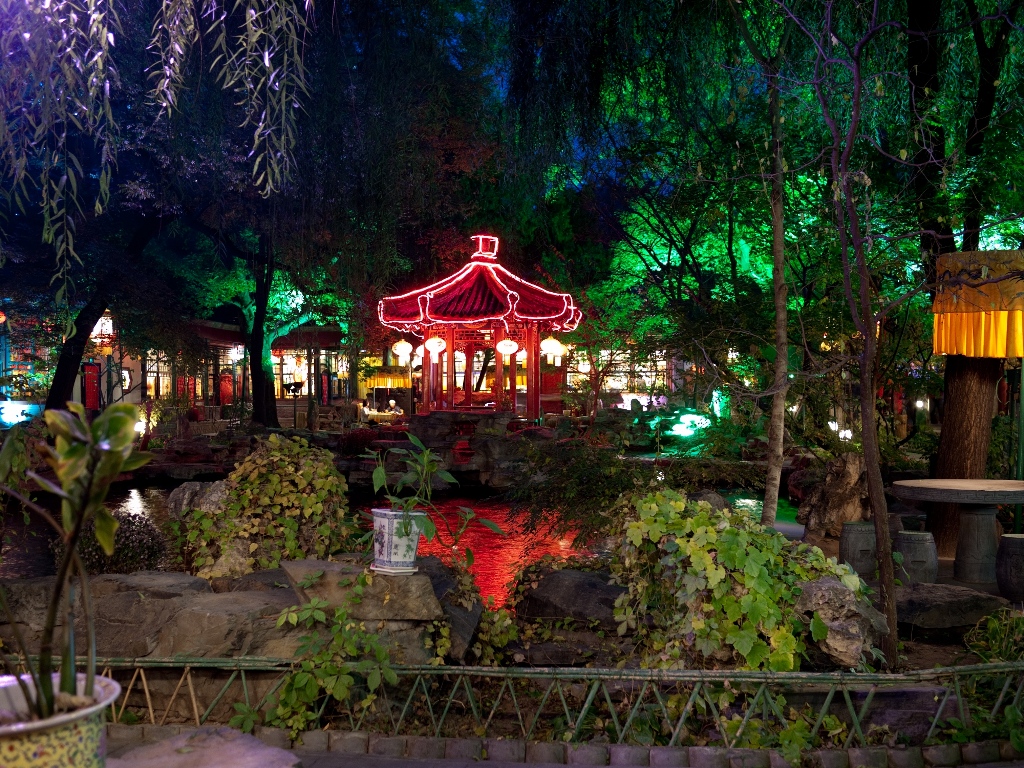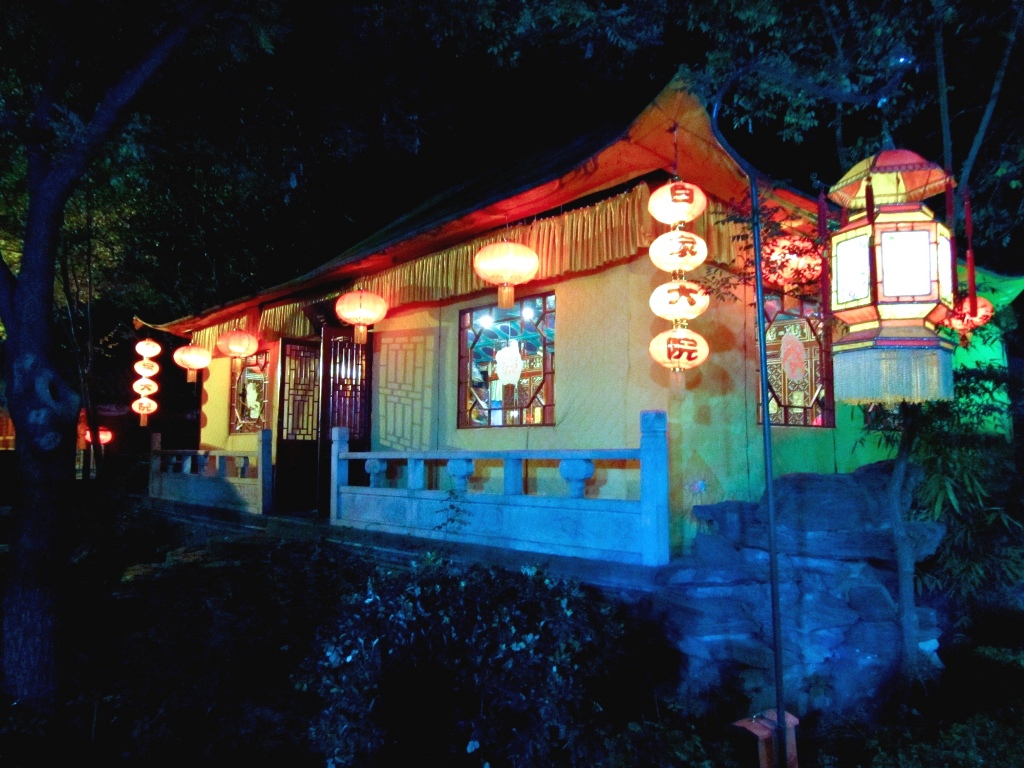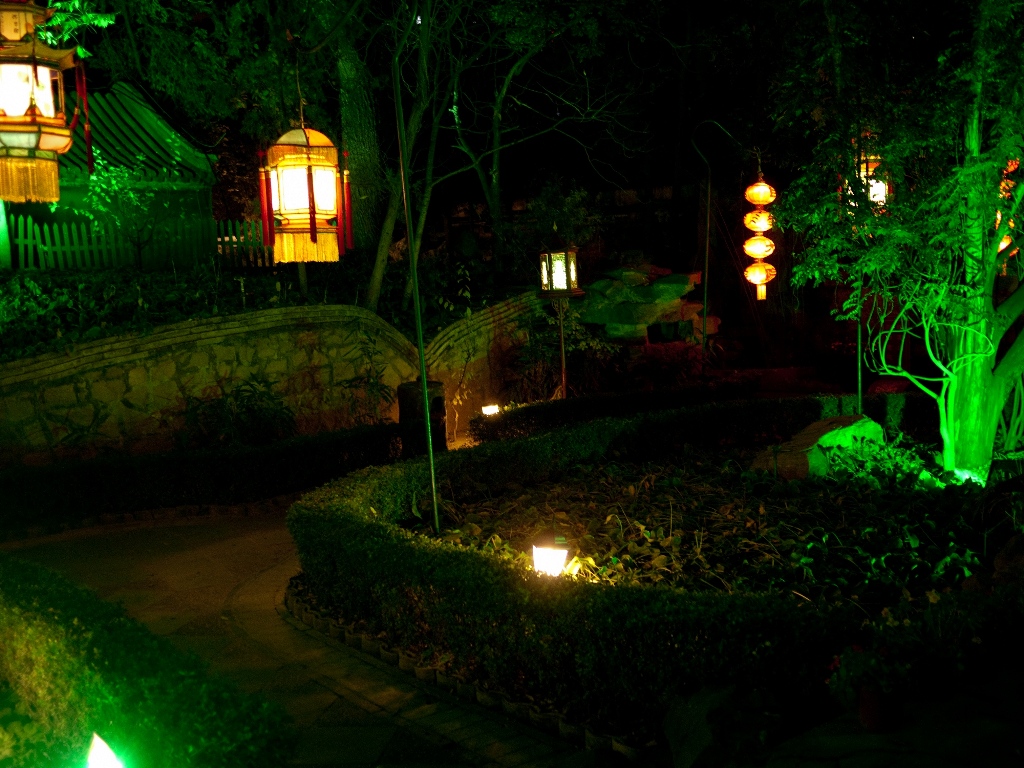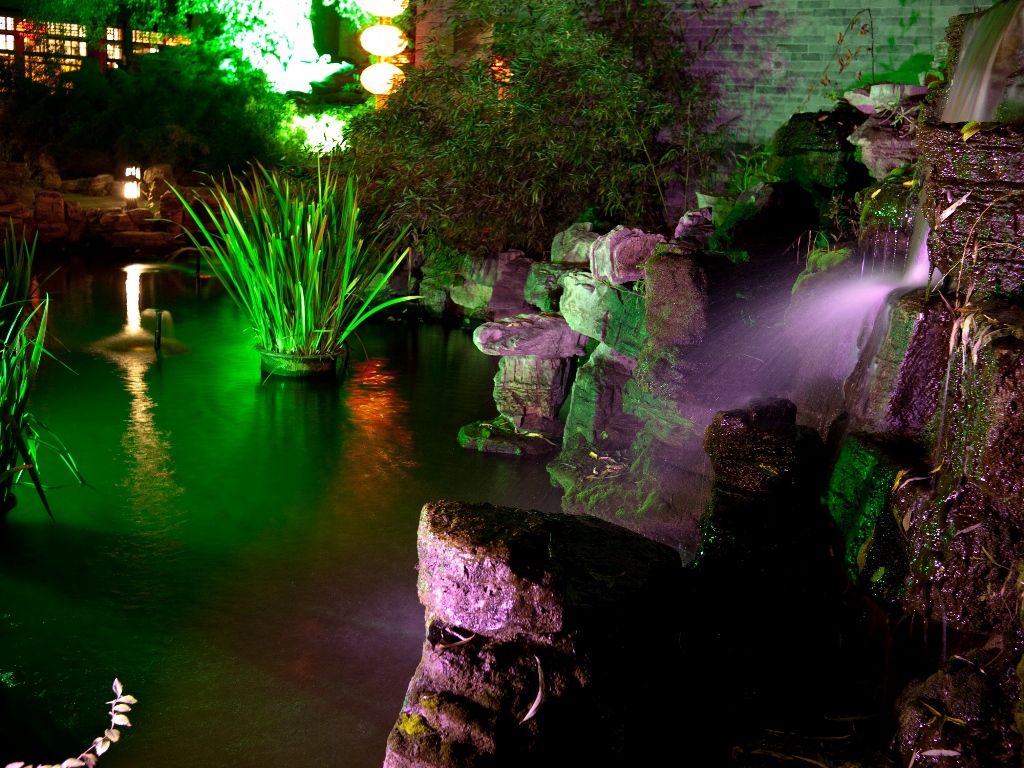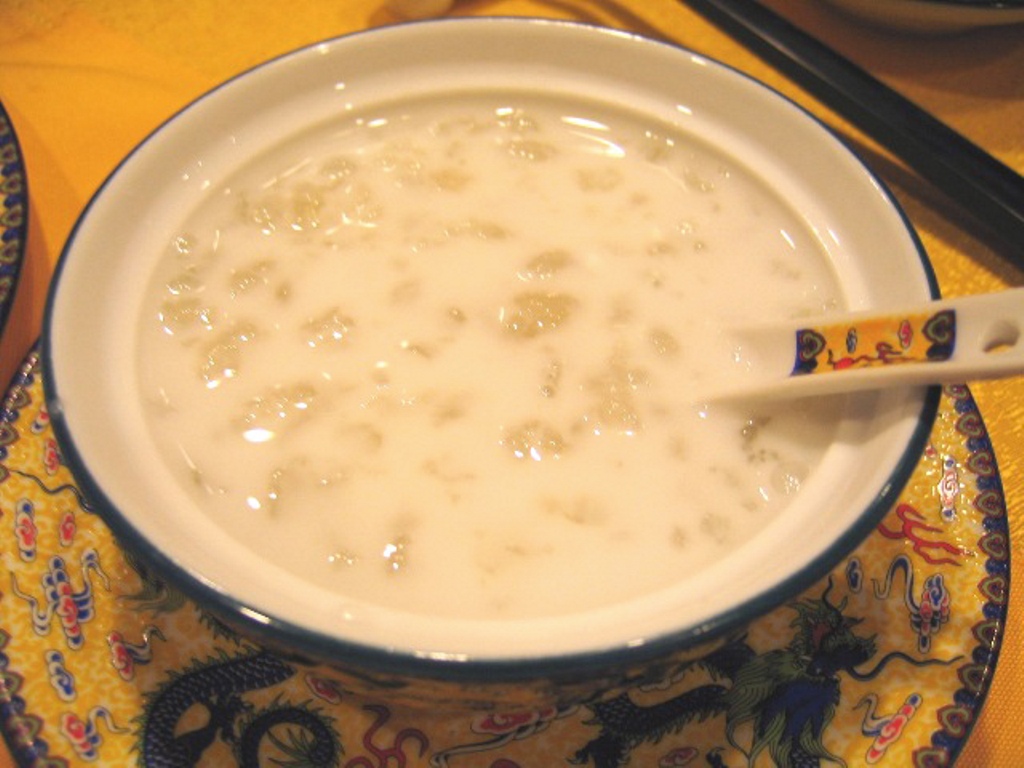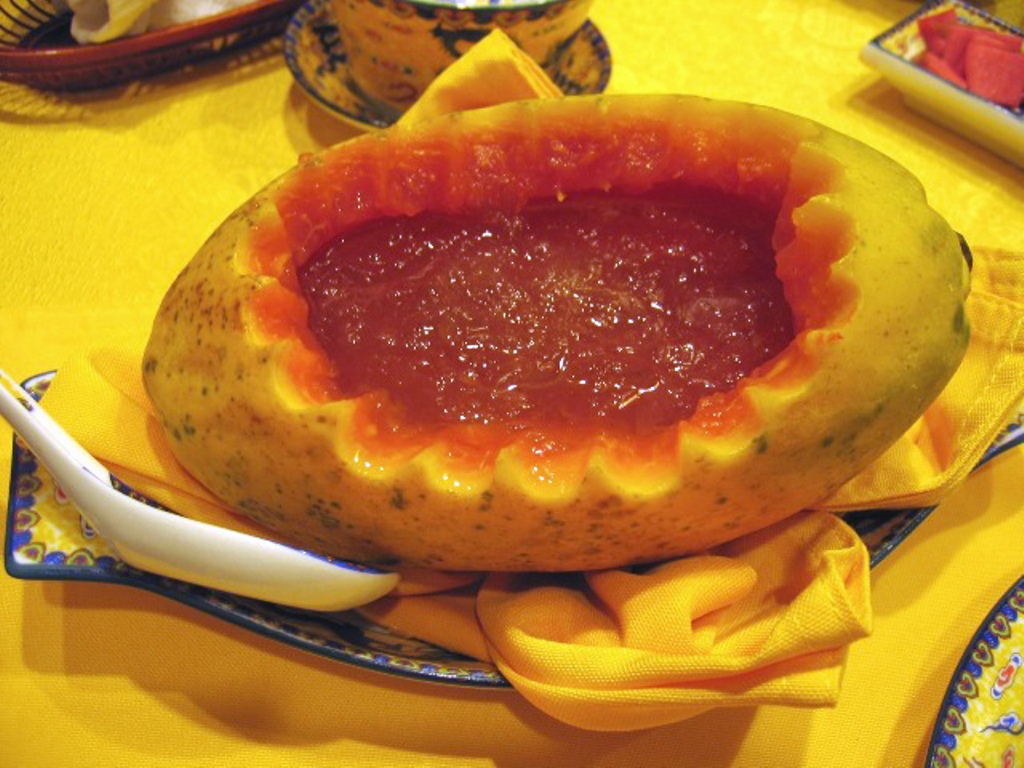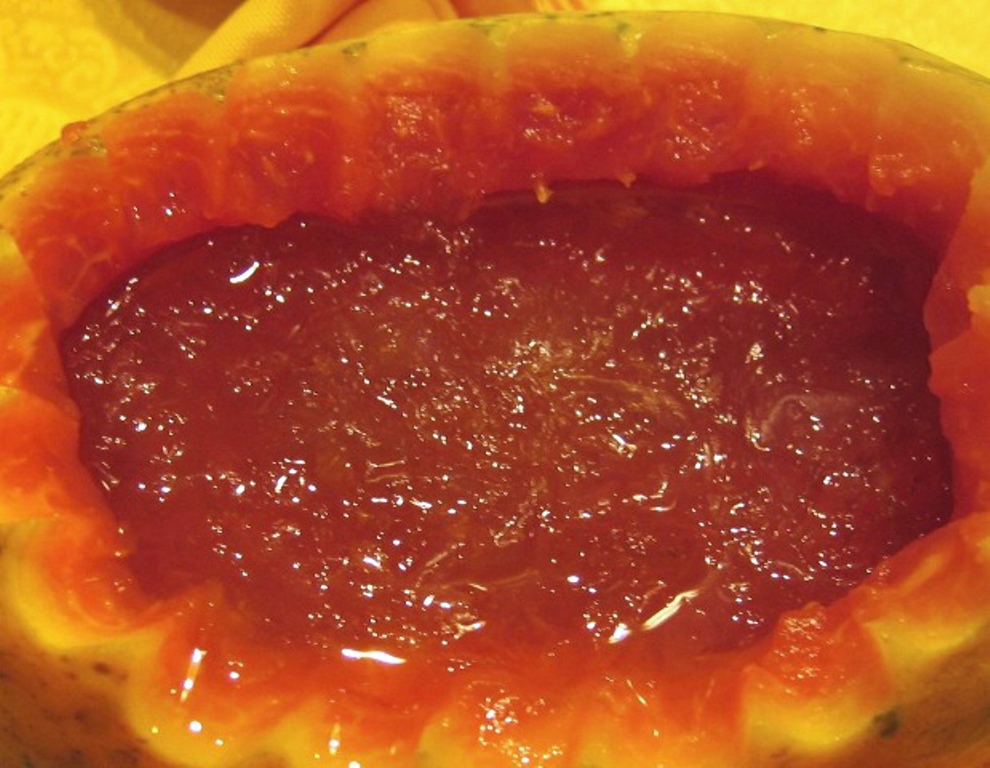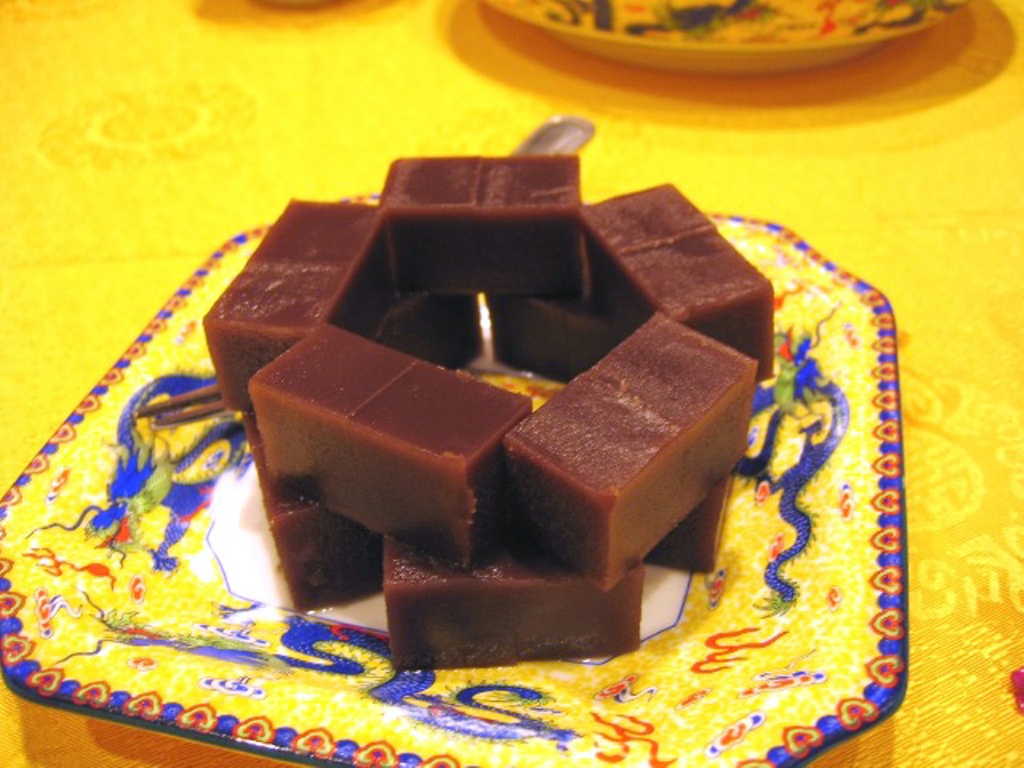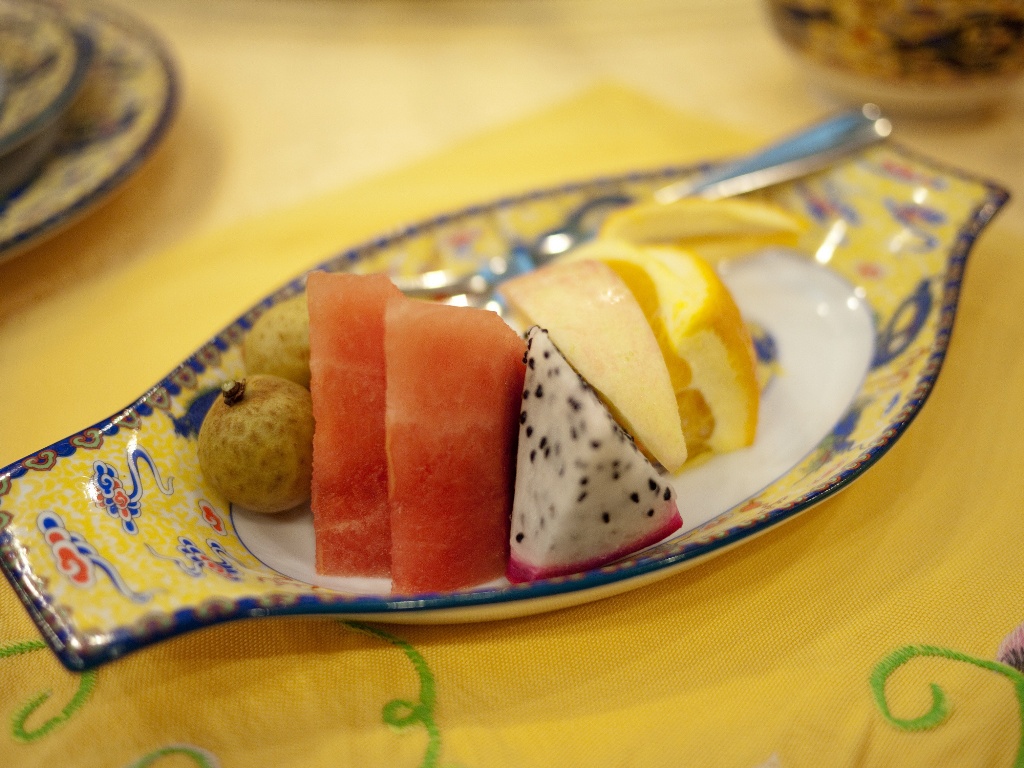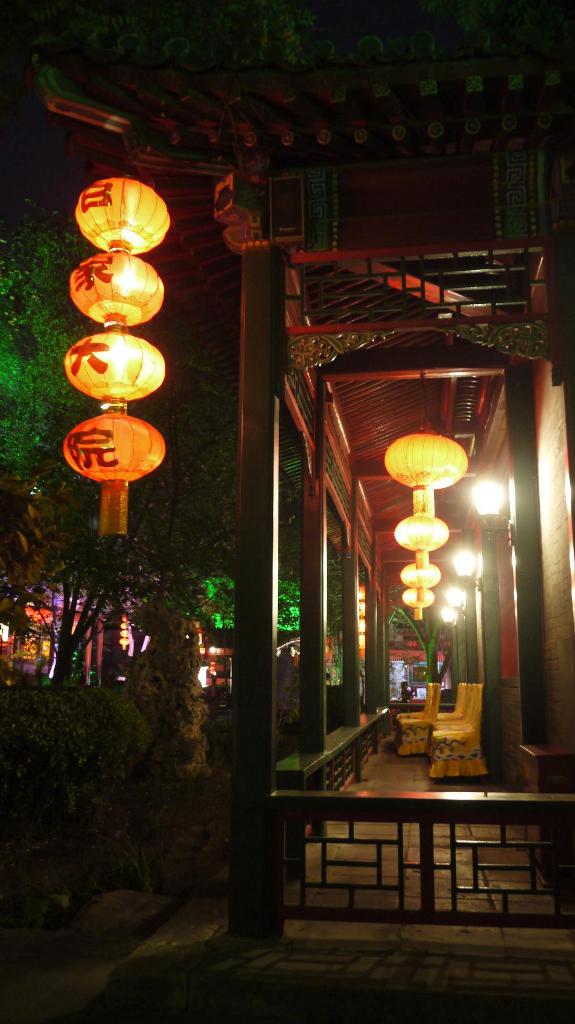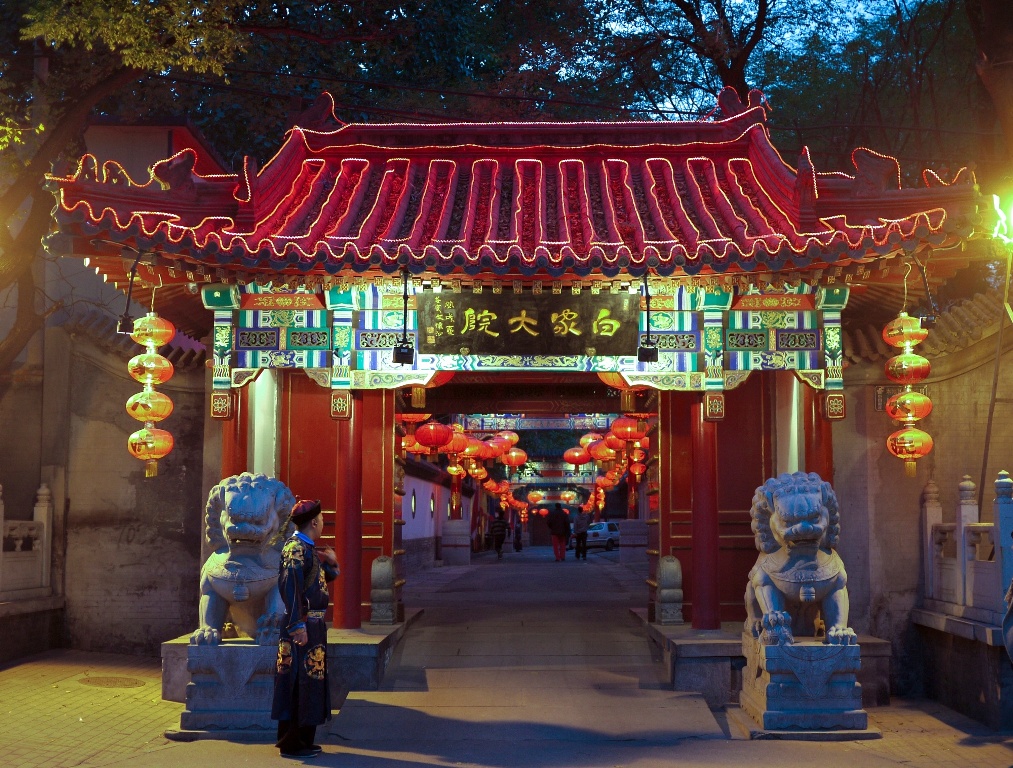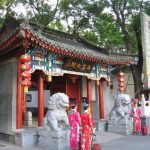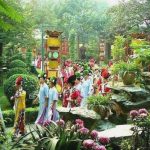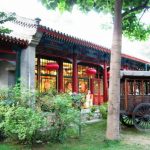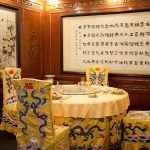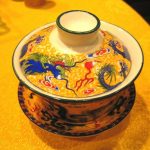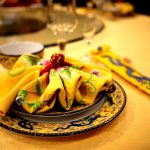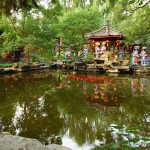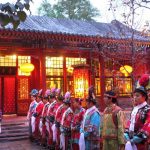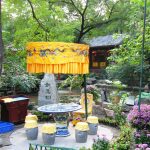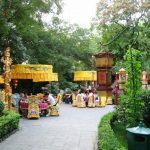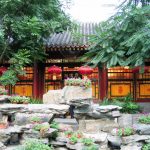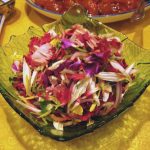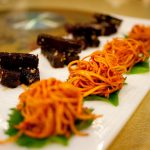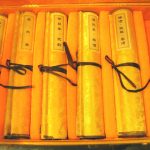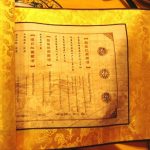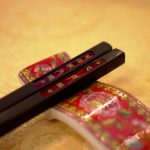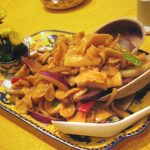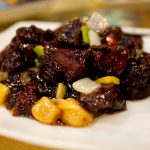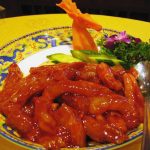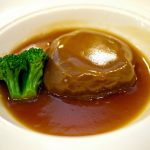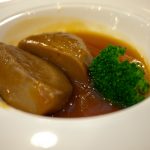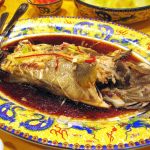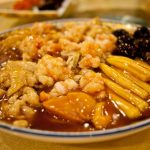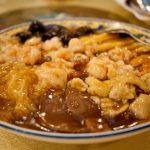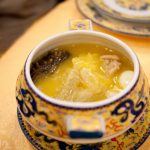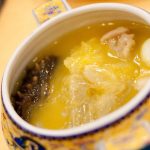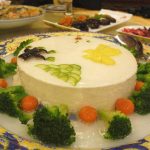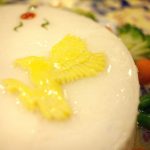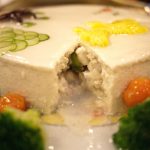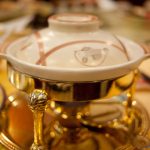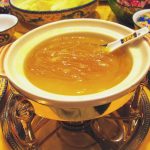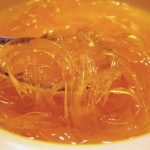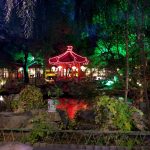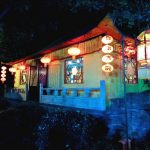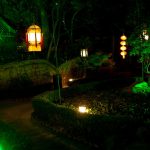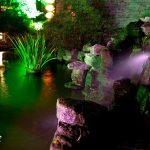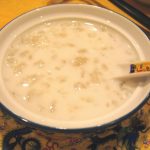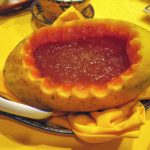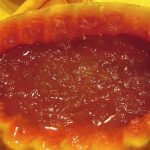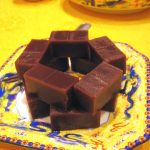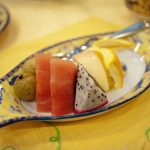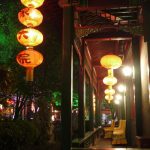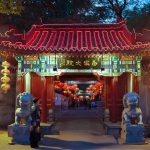CLICK ON THE MAIN PHOTO ABOVE TO VIEW CAPTIONS IN GALLERY FORMAT
Image 1: www.baijiadayuan.cn
This was once the home of Prince Li in the Qing Dynasty (清太祖努尔哈赤儿子礼亲王). From this classic Chinese style majestic entrance, we knew we were here for a royal treat.
Image 2: After passing through the main gate, there was a long corridor with rows of red lanterns. As we reach the end, the staff, dressed colourfully in imperial outfit, welcomed us with a traditional greeting. What a grand welcome!
Image 3:
Once we entered the main courtyard, that was where the dream began!
Image 4: A Qing staff led us through the garden into our private room with three palace girls waiting for us. A supervisor in red, a server in blue, and a girl in pink who has the lowest rank called "ya-huan" (ㄚ環) - her job was to assist us throughout the evening.
Image 5: Look at our private room with imperial setting decorated by elegant painting and calligraphy. Yellow is the colour exclusively used by Emperors in the old days symbolising power. Non-royal family would not dare to use this colour!
Image 6: Even the tea cup was bright yellow with dragon design.
Tie Guan Yin - Oolong from Fujian 安溪鐵觀音 (¥80/cup)
Even though the price is per cup, our ya-huan continued to refill with hot water for the whole meal. You won't get charged for another cup unless you request for a new cup.
Image 7: Everything was in bright yellow here!
Image 8: Since we had a personal ya-huan, we asked her to show us around this mansion. She gave us a tour without any hesitation.
Image 9: What a scene! The team consists of 200+ palace girls (宫女) divided into 7 levels, distinguished by their uniforms based on a similar ranking system used in the Forbidden City. She explained that each staff has to pass an exam before a promoting to the next level and all their uniforms were made from pure silk. The upper levels even included a tall hat and 6" high shoes! Impressive indeed!
Image 10: During our tour, every palace girl passed by us stopped and bowed with words "Nin Ji Xiang" (您吉祥) meaning "Good Luck to You" - a proper greeting in the Qing Palace. Unbelievable place like a living movie!!!
Image 11:
Other than private rooms, there were tables set up in various areas of the garden.
Image 12: A famous former resident here was Cao Xueqin 曹雪芹, the author of "Dream of the Red Chamber" - 紅樓夢 (one of the Four Great Classical Novels 四大名著). We were surrounded by all kinds of ancient styled sceneries such as pavilions, terraces, winding rivers, and unusual stones. It was out of this world!
Image 13: We decided to continue the tour later as we were hungry! We quickly ordered a selection of cold plates to fill our stomach.
Concubines Smile "妃子笑" (¥28)
A salad of rose petals.
Image 14:
Tibetan beef (¥128) with flower petal. The meat was rather tough!
Image 15: If you have watched the Beijing Olympics opening ceremony, you would know how scrolls were used in ancient China. Our "blue" palace girl handed us a box of 6 golden-yellow silk scrolls resembling scripts from Emperor. They were menus for Music, Performance, Tea, Wine, Liquor, and Cigars. Very thoughtful!
Image 16: They carried a small selection of fine Bordeaux, e.g. Chateau Lafite 1961 for ¥42888, and domestic wines, but we preferred to pick from one of their large choices of fine Chinese tea.
Image 17: The menu had a wide range of food AND even wider range of prices! We ordered a selection of more humble dishes like…
Image 18: Swan egg (¥68)
It was actually fried giant clams, but they gave it a fancy name as the clam shell looked like egg shell. It was served cold with a superb texture.
Image 19: Scallion Fried Venison (¥128)
Tender and tasty. The food here wasn't bad at all.
Our "ya-huan" just stood behind us and watched us eat the whole time!
Image 20: Again, in China, they like to loaded up the table as fast as they could. Within 15min, our table was pretty much full of dishes. Here is Venison tendon (¥228). Big food portion!
Image 21:
I initially thought this was abalone which we didn't order, mainly because of the sky-high price!
Image 22: It was actually Baling mushroom 白灵菇 (¥88), a mushroom that had a very meaty texture resembling abalone. We all liked it a lot and it was a much more affordable substitute for abalone!
Image 23: Steamed "red" grouper (¥298/kg)
This one was 1.3kg. Our "ya-huan" carefully removed all the bones for us! She would probably spoon-feed us if we requested!
Image 24: Alright, enough humble food, time for some luxurious Chinese classics!
Luck to whole family 全家福 (¥268)
A traditional dish of Lu cuisine, one of the four main cuisines of China. Usually served as the last dish of a meal as a greeting for the family.
Image 25: It was a mixture of prawn, pork, Chinese mushroom, baby corn, and a few slices of abalone. Not a bad price for such a big portion.
Image 26: Buddha jumps over the wall 佛跳墙 (¥498), an iconic dish from Fujian since the Qing Dynasty. It was composed of 18 delicacies including abalone, sea cucumber, shark's fin, fish maw, dried scallop, all cooked separately before assembling together, then double-steamed for hours in superior soup and Shaoxing wine.
Image 27: Yes, very snobbish food! But I admit I did like it a lot! The complexity of all kinds of textures merged together along with the soup base of deep flavours, excellent and filling food! No wonder even monks, who are not allowed to eat meat, would jump over the wall for this dish!
Image 28: Lu cuisine formed a part of imperial cuisine and the Ippin Tofu 一品豆腐 (¥888) is another Lu dish with a long history. It looked like a cheese cake!
Image 29:
While it looked beautiful, it was a disappointment, an expensive disappointment!
Image 30: I was sure it wasn't the proper type of tofu that they used here. I expected silky and not tofu of this rough quality! The stuff inside were nice though: prawn, mushroom, scallop.
God, are we crazy spending USD$150 on tofu? Well, not really…
Image 31:
Spending USD$280 on a soup is what you should call CRAZY!
Image 32: Kāngxī's Superior Shark's Fin 康熙御用翅 (¥1680)
They had a large selection of abalone and Shark's fin, but she strongly suggested this particular fin as it was the best of the best!
Image 33: They reduced a whole Shandong pheasant into this little broth. It was intense and needless to say, the fin was thick. Not sure if it was the best item on the menu, but we surely knew it was the most expensive item on the menu! What a lavish meal we had!
Image 34: We needed a break before dessert, and I did want to enjoy longer the aftertaste of that posh soup before washing it down with desserts, so we asked our "ya-huan" to continue the tour.
Image 35: What we saw before the dinner was actual only one third of the place!!! This place was huge!
A private room in Mongolian yurt style.
Image 36: She explained the courtyard in detail. It seemed like each room, each tree and each rock had a historical significance. Very impressed!
Image 37:
She seemed to be very knowledgeable even though she was in pink, the lowest level.
Image 38: Back to our room for dessert. Wild frog with coconut milk 椰汁雪蛤 (¥72)
The frog was from Baekdu Mountain "長白山" in northwest China. Our "ya-huan" continued to watch us eat!
Image 39: Yes, more snobby food! Strongly recommended by that senior palace girl again and emphasised that it's a classic dessert for the ladies as it improves the skin.
"Blood" Bird's nest double-steamed in papaya "木瓜燉血燕" (¥768)
This blood-coloured nest was rare and hence more pricey.
Image 40: In fact, the colour came from algae that the swiftlet consumed, contrary to what most people believe to be actual blood. In any case, it was a USD$130 dessert and by far the most expensive dessert I ordered.
Image 41: Great, some free sweets and fruits after we spent $$$ on the meal - jello made with red bean and lotus.
We were totally spoiled by the service and the extravagant food.
Image 42: Wow, end of the meal but what an experience! If you don't need a private room and order sensibly from the menu, you can come out from this place less than ¥500 for two. But if you order like us, it can easily be ¥2000 per head. This restaurant does serve weird parts of various wild animals upon request, if you dare to try them!
Image 43: We were very impressed by this dining experience. No need for a time machine to go back to the Qing Dynasty! It was the professional training to each staff and the attention to details making the whole experience so wonderful. There wasn't a split second that we felt the place as a cheesy tourist trap. We actually saw very few foreigners that night.
Image 44: One final look at the Qing Dynasty! The architecture, the garden, the ambience, the calligraphy, the serviceware, the palace girls, and of course our ya-huan... we will definitely remember our short visit to the Qing for the rest of our lives!
